Forests are an integral part of our lives and our future. They are essential not only for storing carbon and thus maintaining the atmosphere, but they also sustain an extraordinary amount of biodiversity. This great breadth of life is responsible for close to half of all our medicines. In short, we need healthy forests in order to survive.
But preservation has long been considered an environmental issue. Beginning in the 1970s, even those who saw forests within a larger context still separated environmental issues from social and economic ones.
Today, this silo approach is no longer applicable; it simply no longer works.
Both individuals and policymakers must understand not only the many complex ways that urban and rule cultures depend on each other, but also the link between the ever increasing need for agriculture and its relationship to sustainable beef and the food we put on our tables.
As one expert says, it’s difficult to find an area that is not linked to forests. “It's important to see all these elements together. The economic risk, the social risk, the environmental risk, and act now that we can still act.”
Credits
Related Links
Sources
Amazon Alive 1, 2, and 3
- A Light and Shadow and NDR Naturfilm Production for NDR, Arte, ORF, Parthenon
- Entertainment Ltd., National Geographic Channel International and Animal Planet
Climbing Redwood Giants
- National Geographic Television
Green
- Tawak Pictures
Hope in a Changing Climate
- Environmental Education Media Project (EEMP)
Minden Pictures
The Goal
The United Nations Forum on Forests (UNFF) approached MediaStorm to create a film for the Rio+20 United Nations Conference on Sustainable Development to be held in June 2012.
Part of the UNFF’s mission is to change the way policymakers view forest-related issues. Previously forest preservation was considered an environmental issue. In order to create more lasting and far-reaching change, the UNFF believes it is necessary to also include social and economic values in all discussions. Forests are, in many complicated ways, interconnected with the lives of people and cultures. This landscape view is critical and therefore needed to be an integral part of the project.
The UNFF offered a preliminary outline that asked the following:
- Why are forests important?
- Why are forests under threat?
- What is at stake?
- What is the solution?
Our goal became to answer these questions as compellingly as possible.
The Challenge
The challenges in producing this project were in many ways similar to the ongoing challenges faced by the UNFF. How do you talk about forests in a way that changes people’s perception of the issue? Forest preservation is no longer just an environmental issue. It’s a complex relationship of people and economics, too. The production needed to reflect this.
At the same time, the interweaving of politics, personal lives and environmentalism raised the specter of a complicated narrative. It was imperative that the story remain streamlined in order to comply with MediaStorm’s mandate; the piece needed to be accessible to an intelligent but general audience.
The UNFF also gave MediaStorm permission to incorporate a dozen of its film festival winners in to the production. It was a boon to be sure. Still, combined with the thousands of MediaStorm sourced images, this created a backlog of material that required cataloging in a short period of time. Further, MediaStorm recorded close to four hours of interviews across a variety of topics. These too needed to be reviewed and shaped into a narrative spine.
The Solution
A project of this size, with more than a dozen hours of footage and nearly 10,000 photographs, required rigorous organization.
MediaStorm followed the steps outlined in our
post-production workflow so that each image and video clip was tagged and sorted with similar material.
We transcribed each interview then logged and separated important ideas into distinct categories. These themes were then edited for clarity and finally used as the piece’s narrative spine. A week of production was devoted to this process. The script was then refined throughout the following weeks as we held ourselves accountable to the UNFF’s original four questions.
MediaStorm also accepted submissions from more than two dozen photographers and photographic agencies. With thousands of images to choose from, we worked hard to match pictures with the narrative, while simultaneously evoking the natural beauty of forests. We also had access to more than a dozen films from the International Forest Film Festival which helped elevate the visual sophistication of the project.
About The Client
In October 2000, the Economic and Social Council of the United Nations (ECOSOC), in its Resolution 2000/35 established the United Nations Forum on Forests (UNFF), a subsidiary body with the main objective to promote “… the management, conservation and sustainable development of all types of forests and to strengthen long-term political commitment to this end…”based on the Rio Declaration, the Forest Principles, Chapter 11 of Agenda 21 and the outcome of the IPF/IFF Processes and other key milestones of international forest policy.
The Forum has universal membership, and is composed of all
Member States of the United Nations and specialized agencies.
MediaStorm Project Showcase

Once teetering on the brink of extinction, the Santa Catalina Island Fox made a dramatic recovery. Its resurgence marks one of the greatest conservation success stories in United States history.

In the shadow of Silicon Valley’s booming technology industry, a growing number of people remain out in the cold. Skyrocketing housing prices in America’s hub of innovation have pushed many onto the streets, straining policymakers to find solutions to a homelessness problem that impacts everyone in the community.

This page recognizing Zora J Murff for ICP’s 2023 Infinity Award for Documentary Practice and Visual Journalism features a film about his life, a slideshow of his projects and extra clips of his thoughts about his work and motivation.
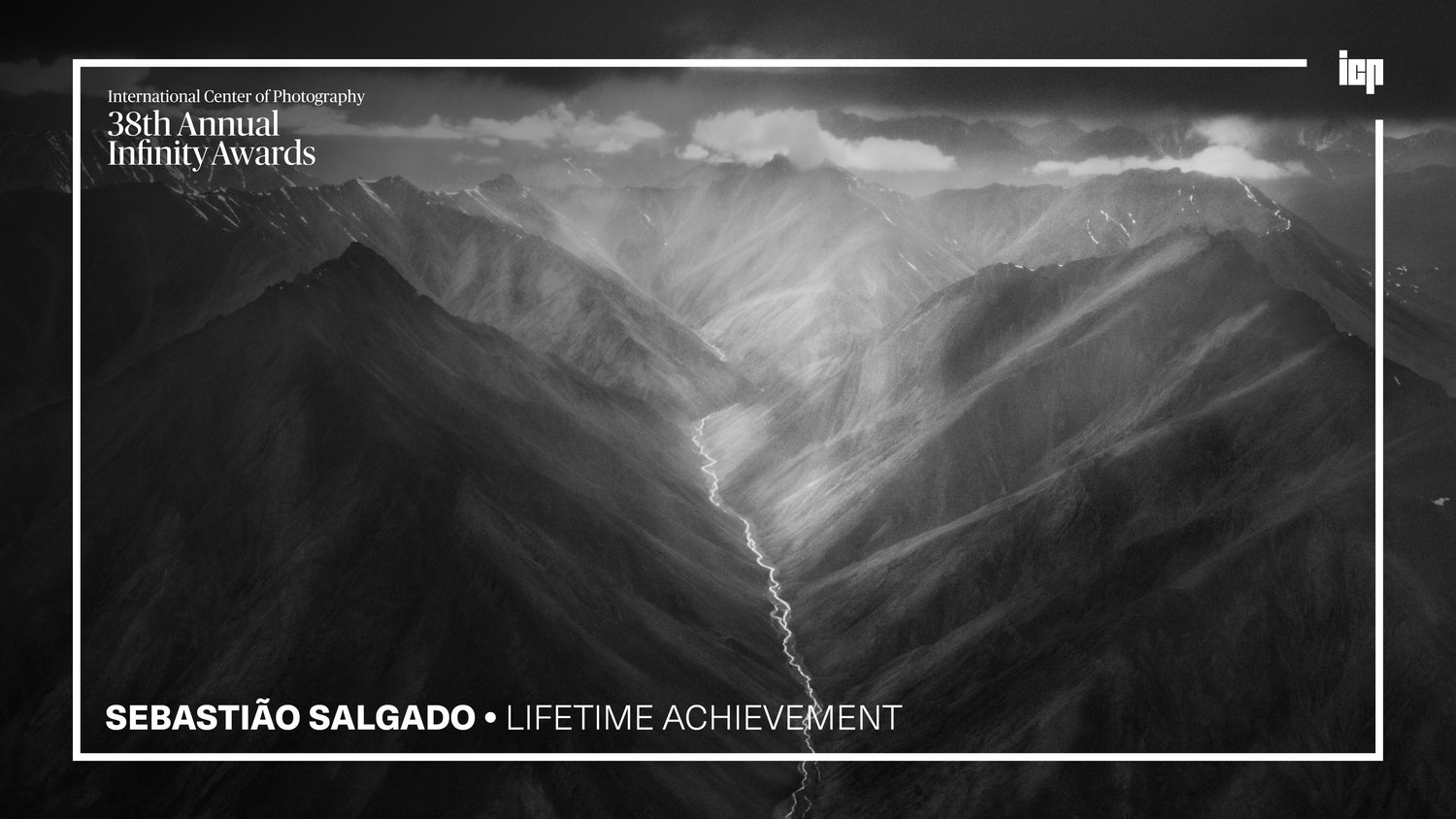
Sebastião Salgado says "a good picture, a fantastic picture, you do in a fraction of a second, but to arrive to do this picture, you must put your life in there."
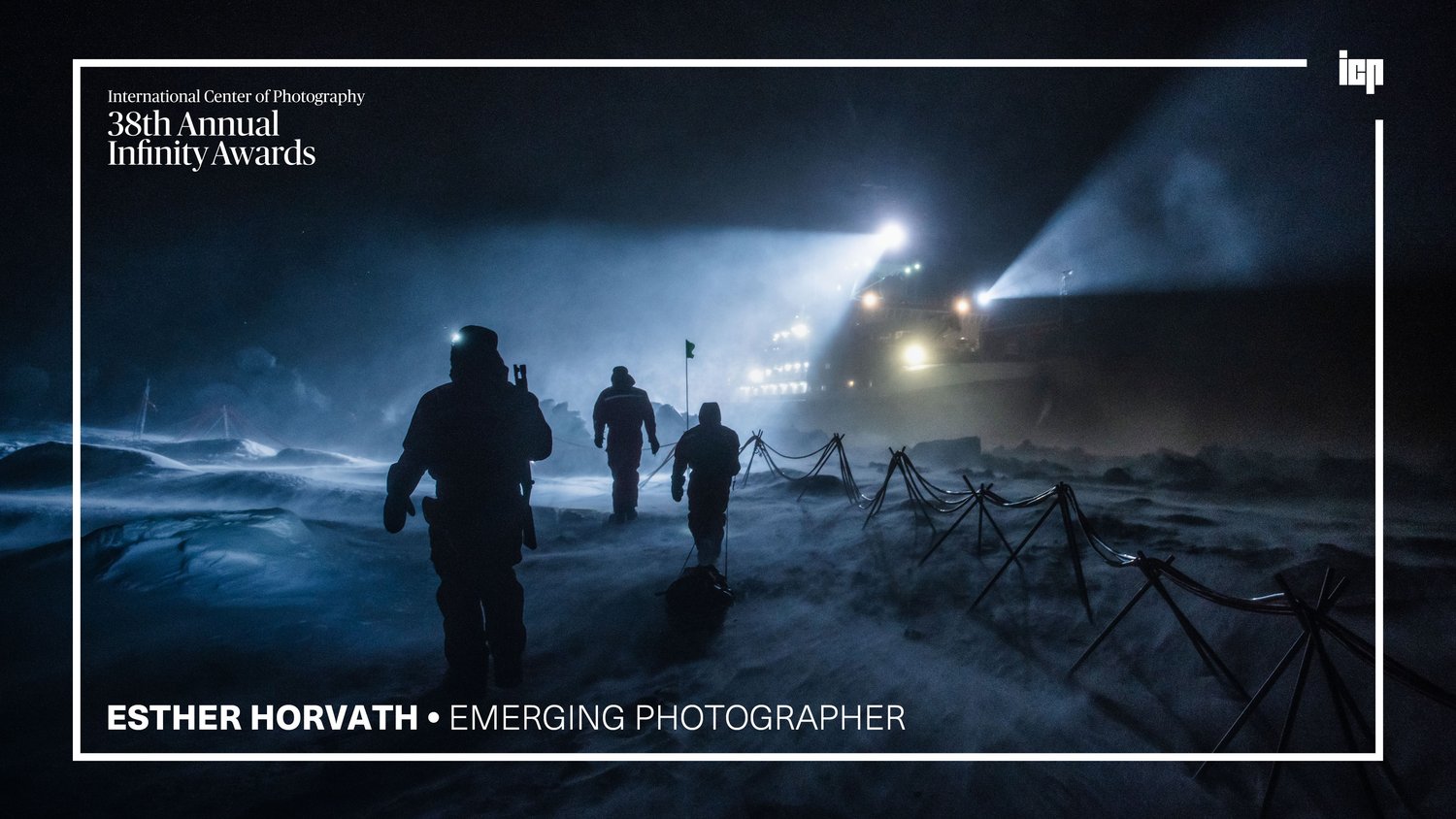
Esther Horvath has sent questions to the universe and she has received answers. She found her calling to tell visual stories that show the full research story behind our climate data.
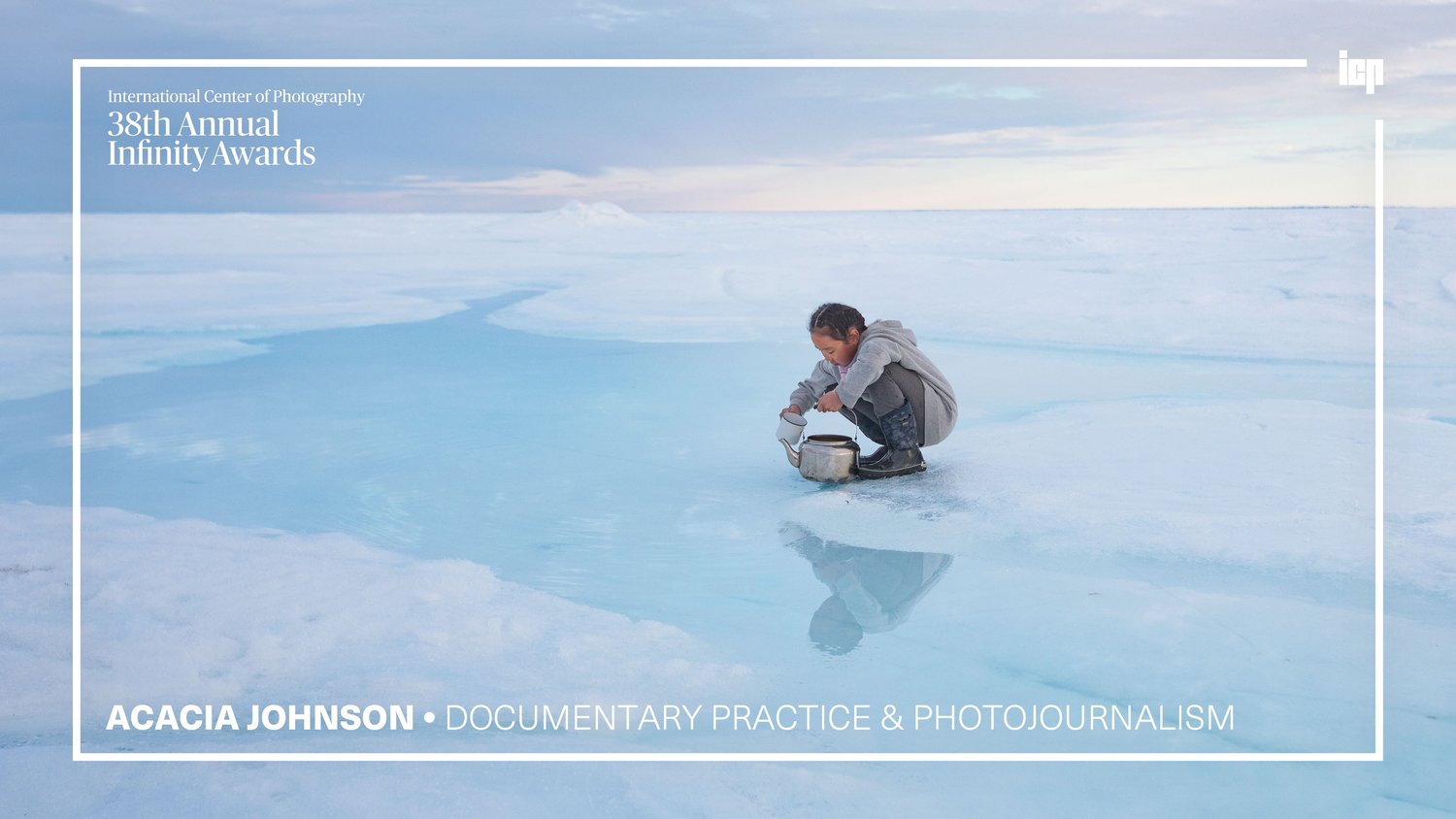
See photographer Acacia Johnson’s growth from her earliest explorations of Alaskan landscapes to a National Geographic cover for a documentary project among indigenous people of the Arctic.
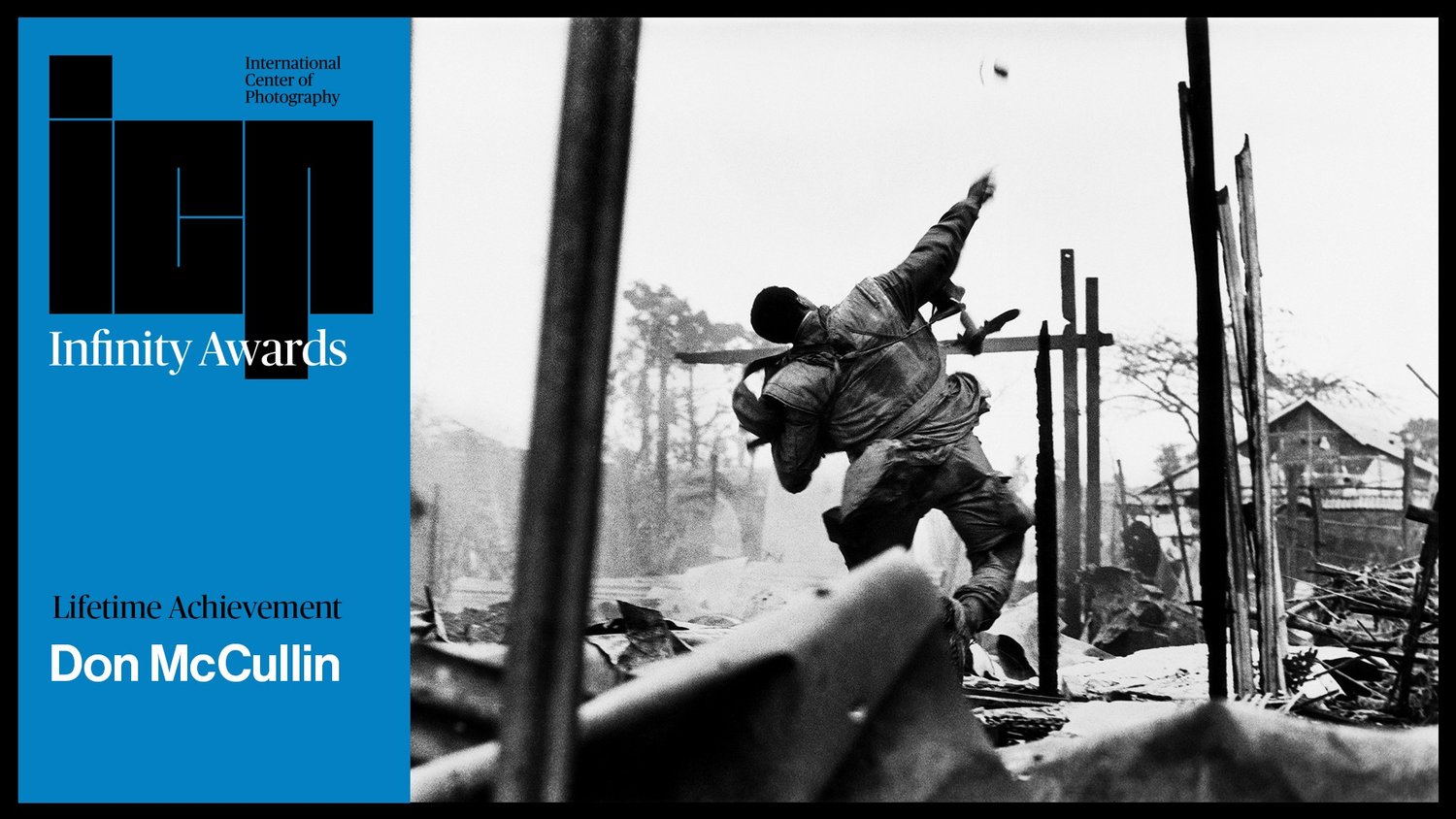
Sir Don McCullin never intended to become a photographer. He found it hard to believe he’d ever escape the poverty of North London. But a spur of the moment photograph launched McCullin into a career spanning 50 years in photography.

As the U.S. prepares for the final drawdown of soldiers from the conflicts in Iraq and Afghanistan, Soledad O’Brien and MediaStorm take an intimate look at two veterans as they struggle with the transition from war to home.

Writer Zadie Smith pays homage to photographer Deana Lawson in the artist’s first Monograph for Aperture.
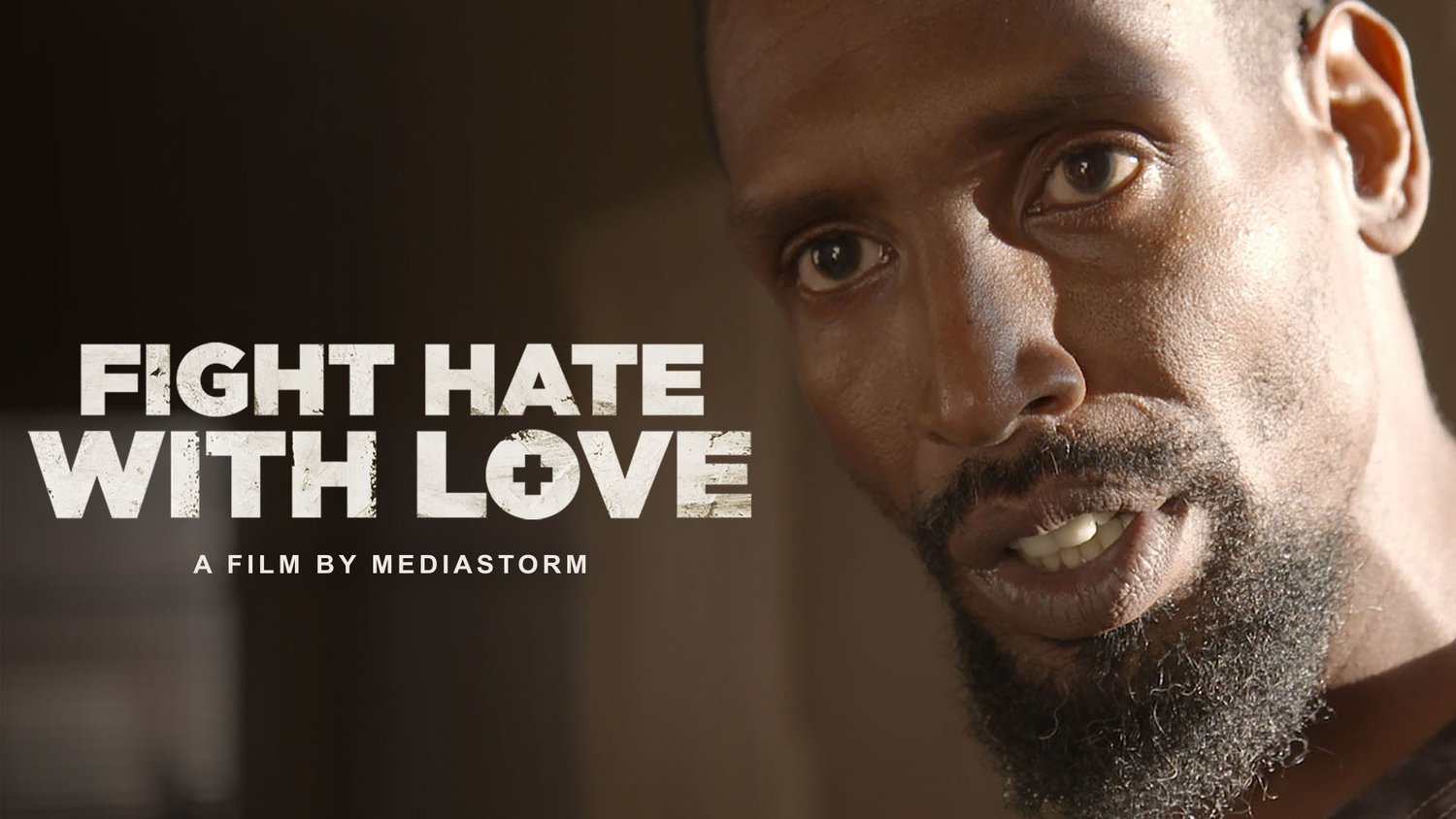
As a formerly incarcerated person, Michael struggled for work, and found purpose in being a husband, father, and activist. But 7 years since his release from prison, the cost of Michael’s activism is evident.

Benny is a “certified” garbologist. He collects what others throw away. Benny is also at war with his family. Here is a man sharing a house with his wife but living as a stranger. This is a household on the edge.
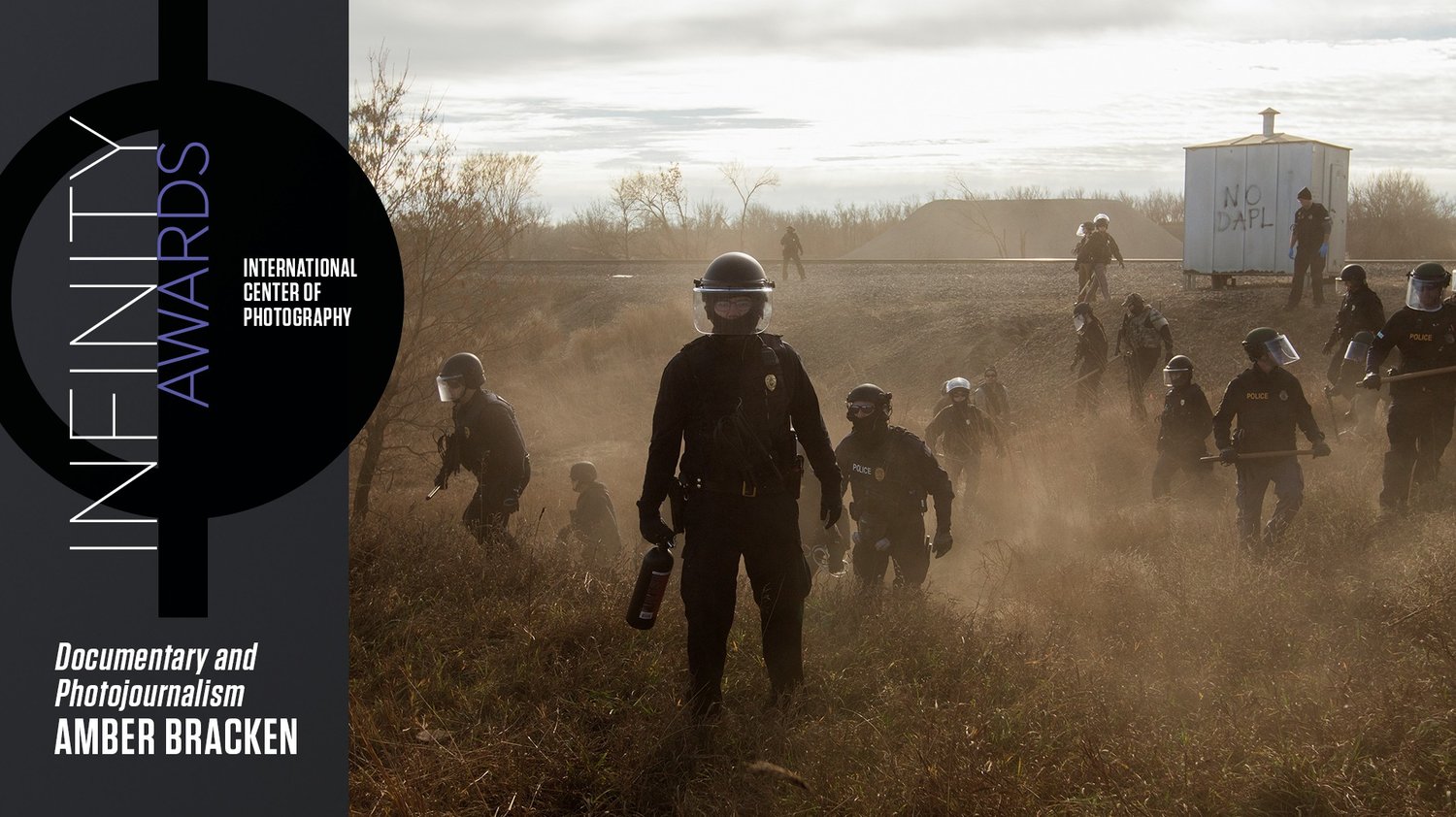
Photographer Amber Bracken recognized something deeper than a protest was afoot when hundreds of tribes gathered at the Standing Rock reservation in opposition to the Dakota Access Pipeline.
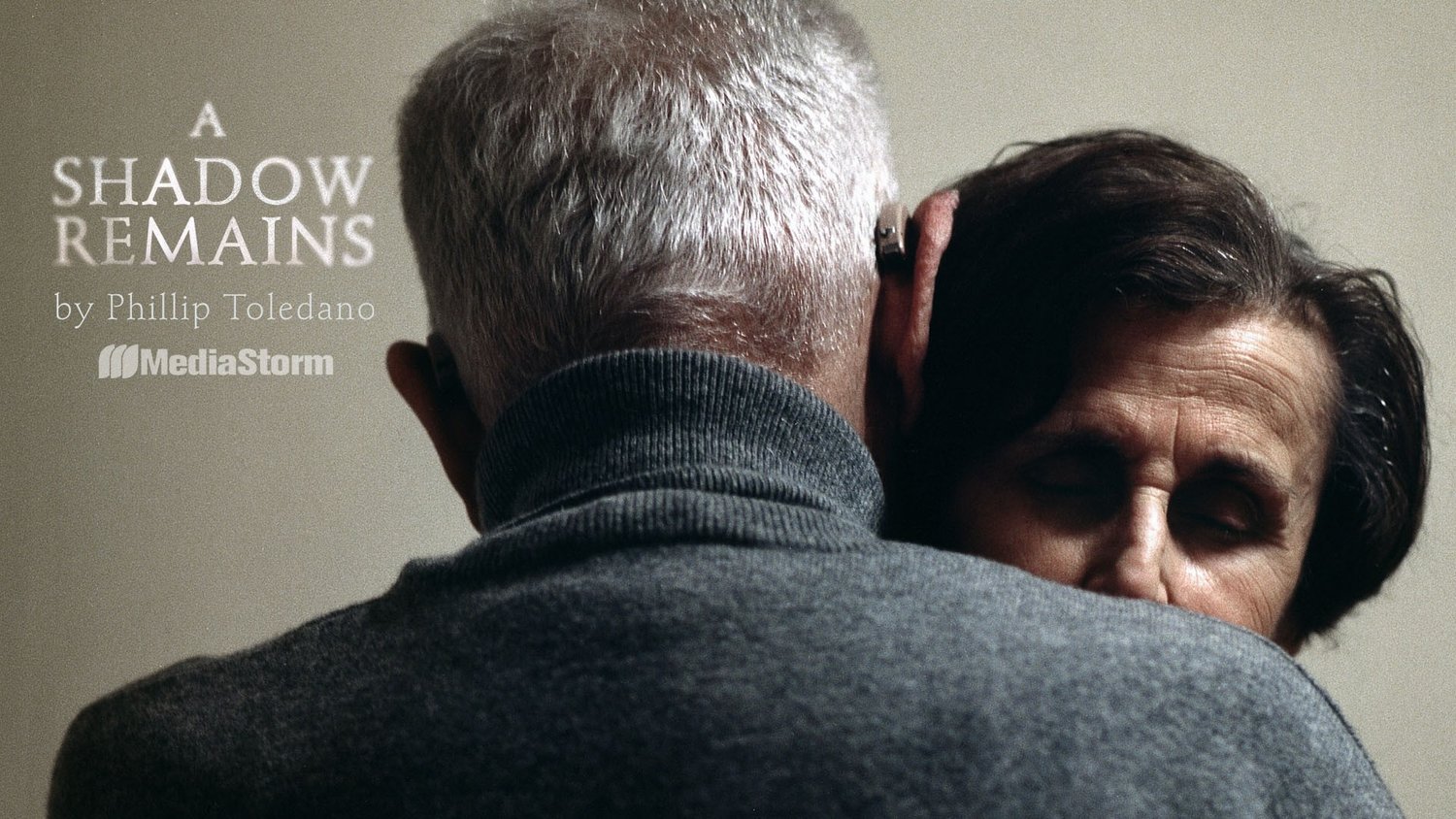
How does the death of a child change a parent? How does the death of a parent change a child? How do these moments change us as we develop and grow further away from who we were as children?

Maurice Berger–cultural historian, and columnist for the New York Times’ Race Stories–has spent his career studying and teaching racial literacy through visual literacy.
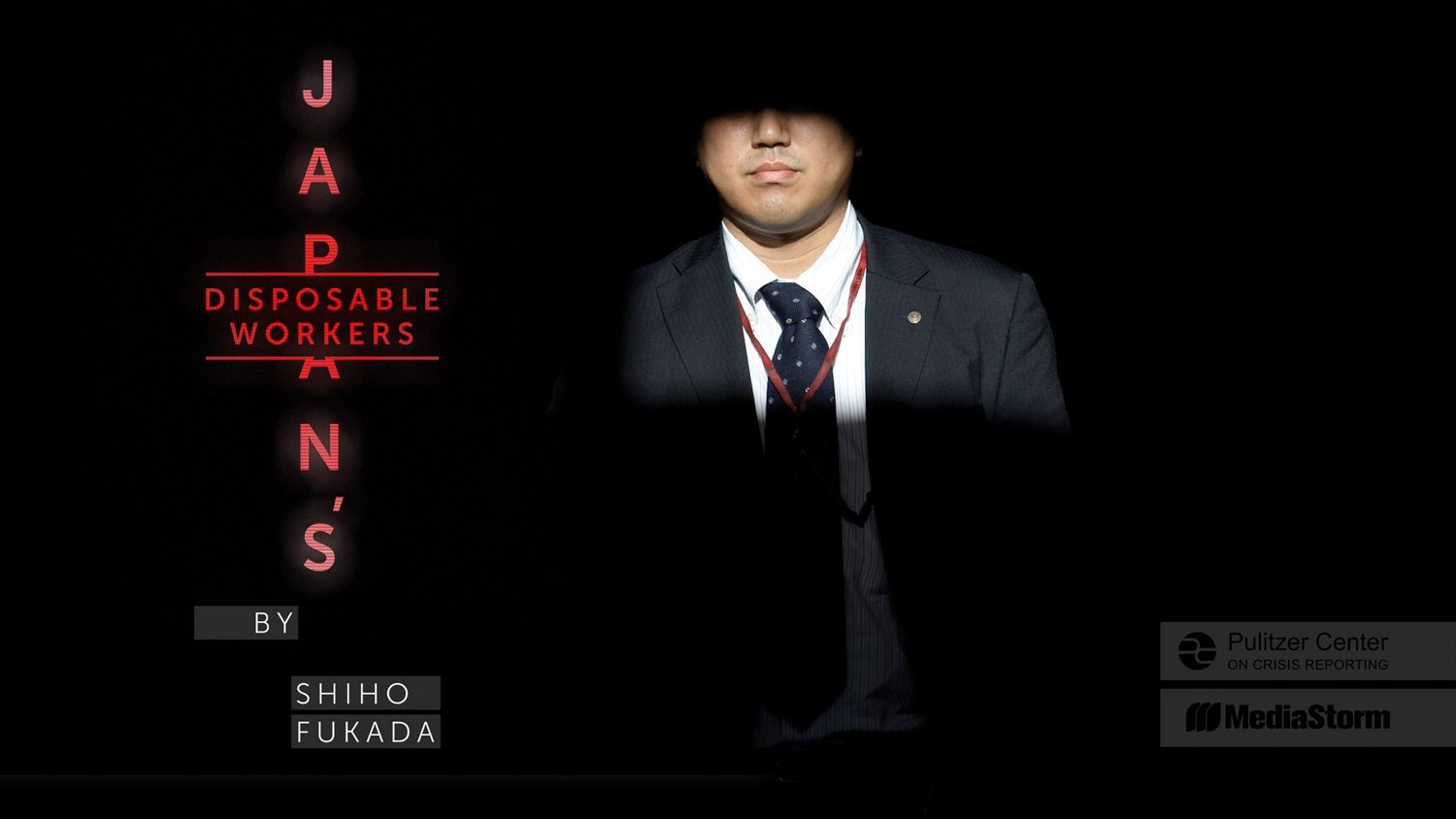
Japan’s Disposable Workers examines the country’s employment crisis: from suicide caused by overworking, to temporary workers forced by economics to live in internet cafes, and the elderly who wander a town in search of shelter and food.
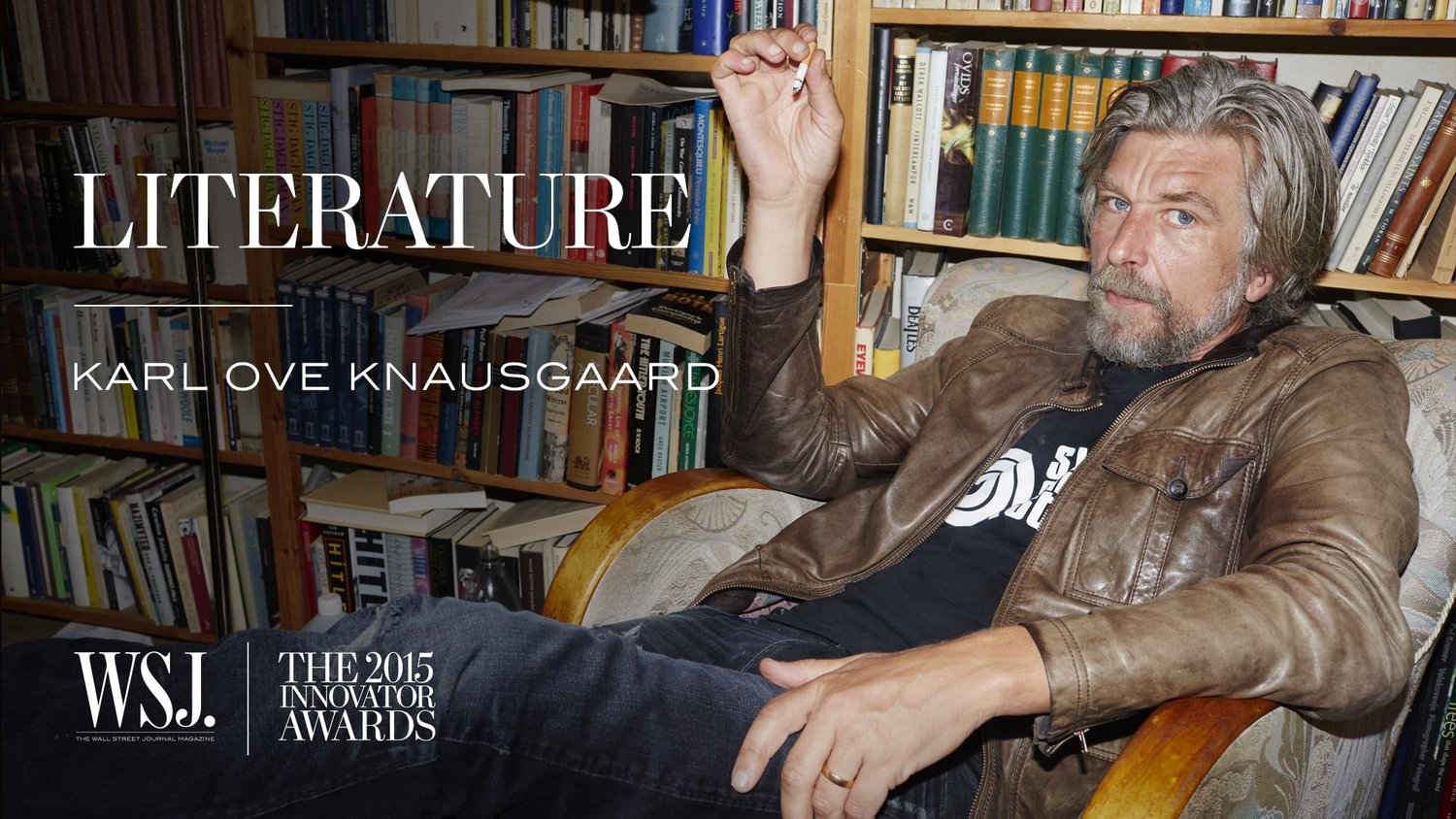
Karl Ove Knausgaard is the celebrated author of a massive six-volume autobiography. But Knausgaard remains confused by the attention. This is a portrait of a man who has achieved massive success yet still considers himself unworthy.

Michael Thomasson has devoted his life to video games. It’s been his passion and his obsession for more than three decades. He owns over 11,000 unique game titles for more than 100 different systems.
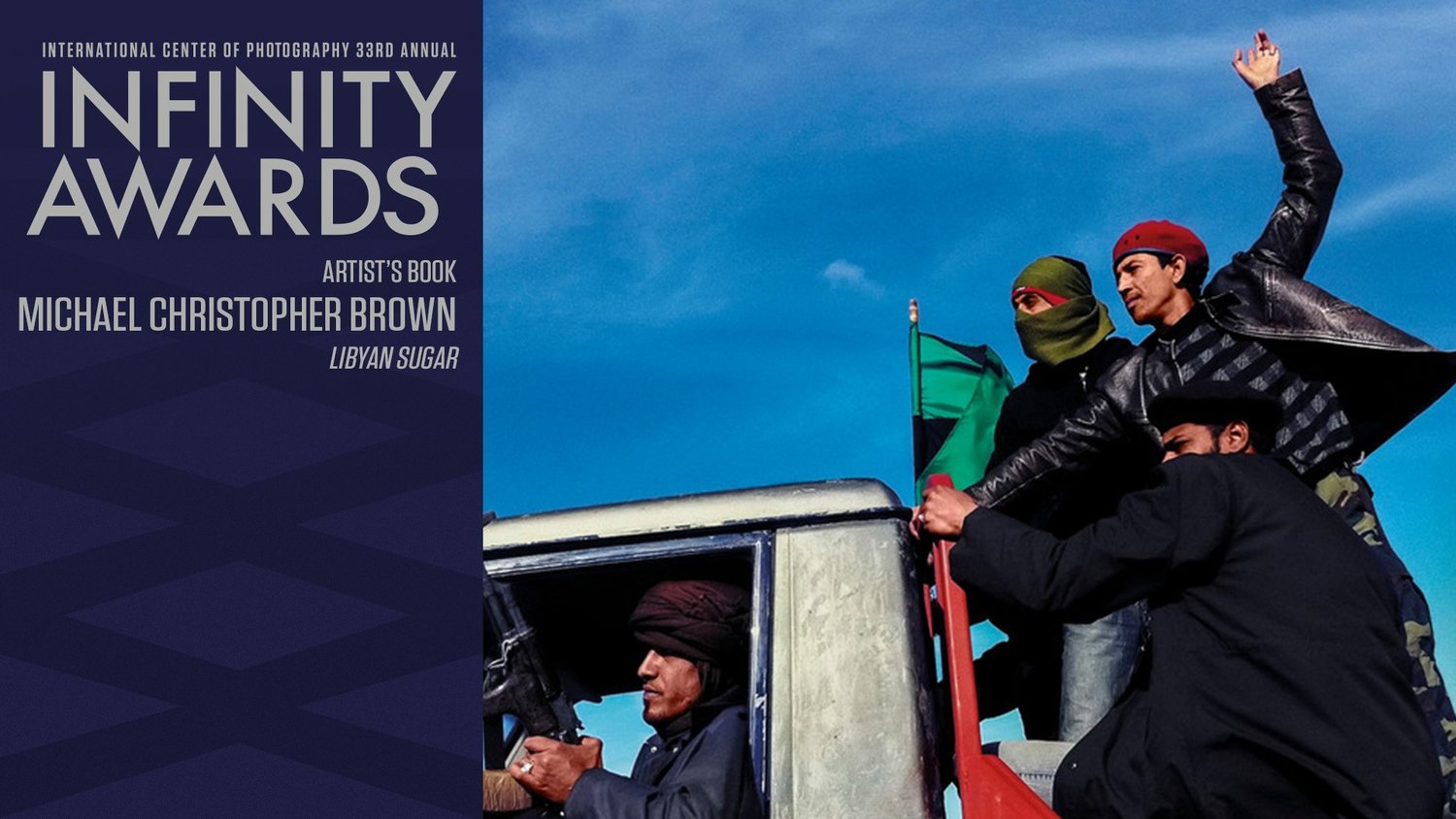
A film about Michael Christopher Brown for the 2017 ICP Infinity Awards.
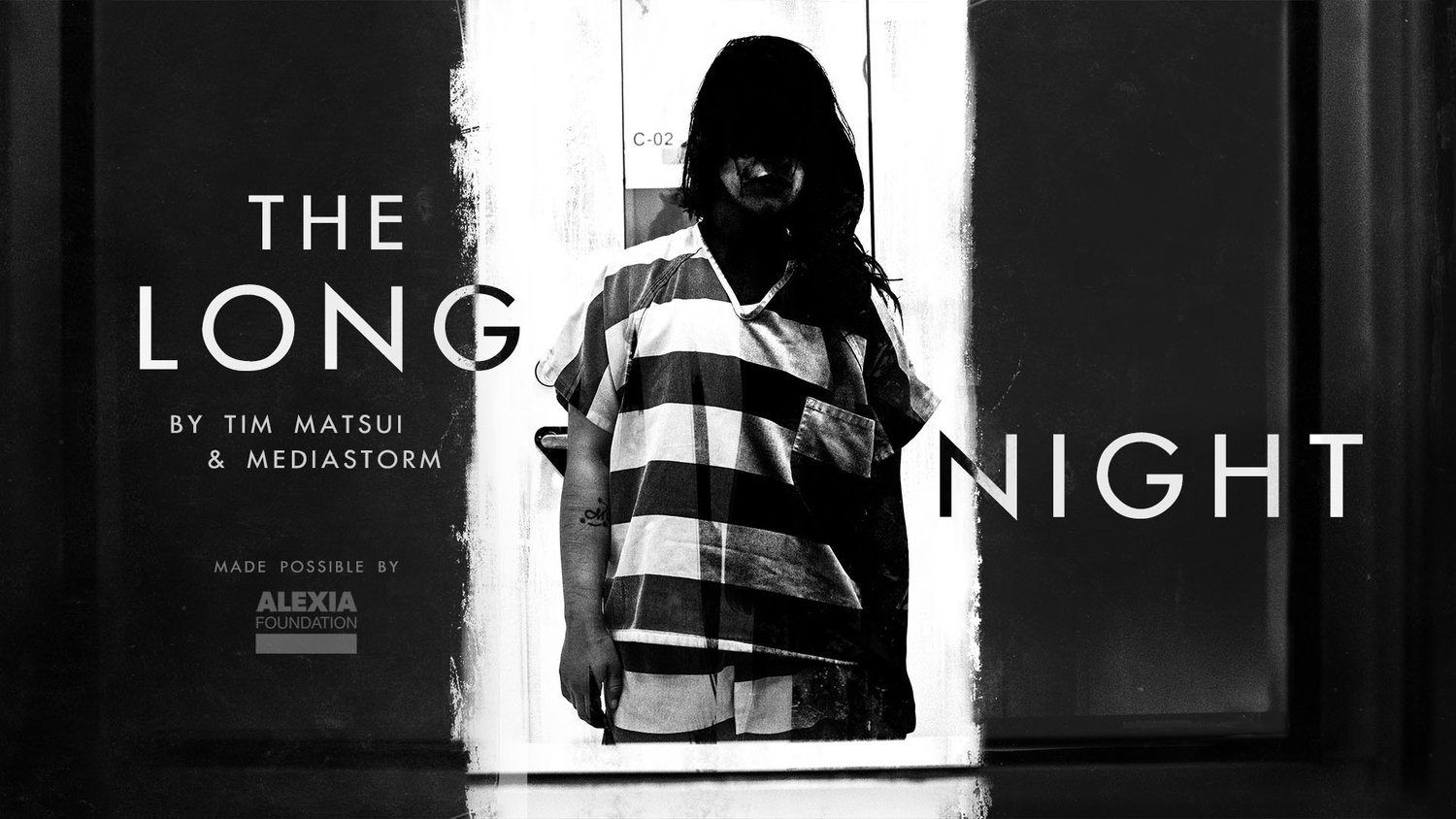
The Long Night, a feature film by Tim Matsui and MediaStorm, gives voice and meaning to the crisis of minors who are forced and coerced into the American sex trade.
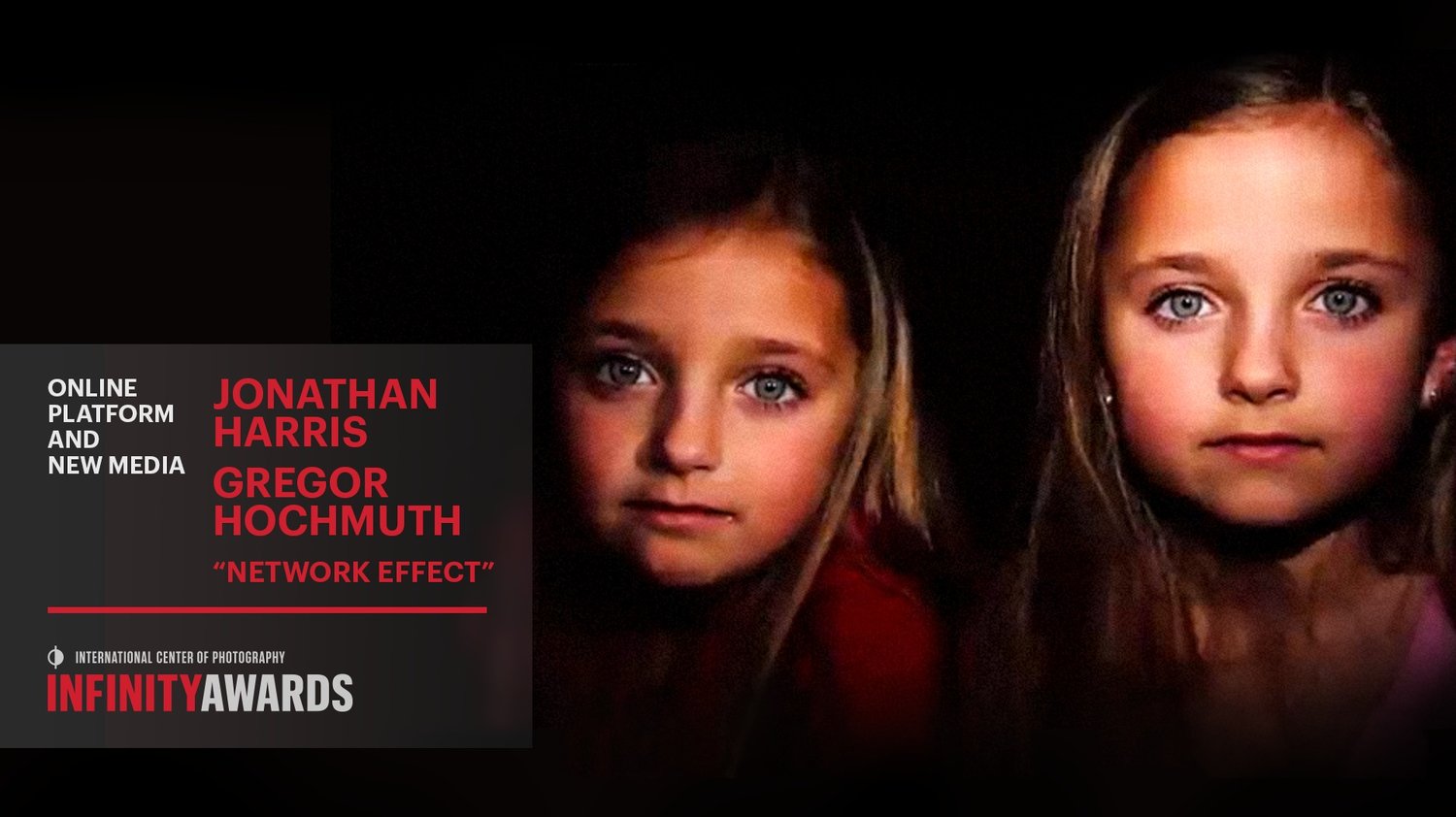
Jonathan Harris and Greg Hochmuth have a complicated relationship with the internet and have worked together to develop an artwork that explored some of the more difficult consequences of what it means to live with the internet.
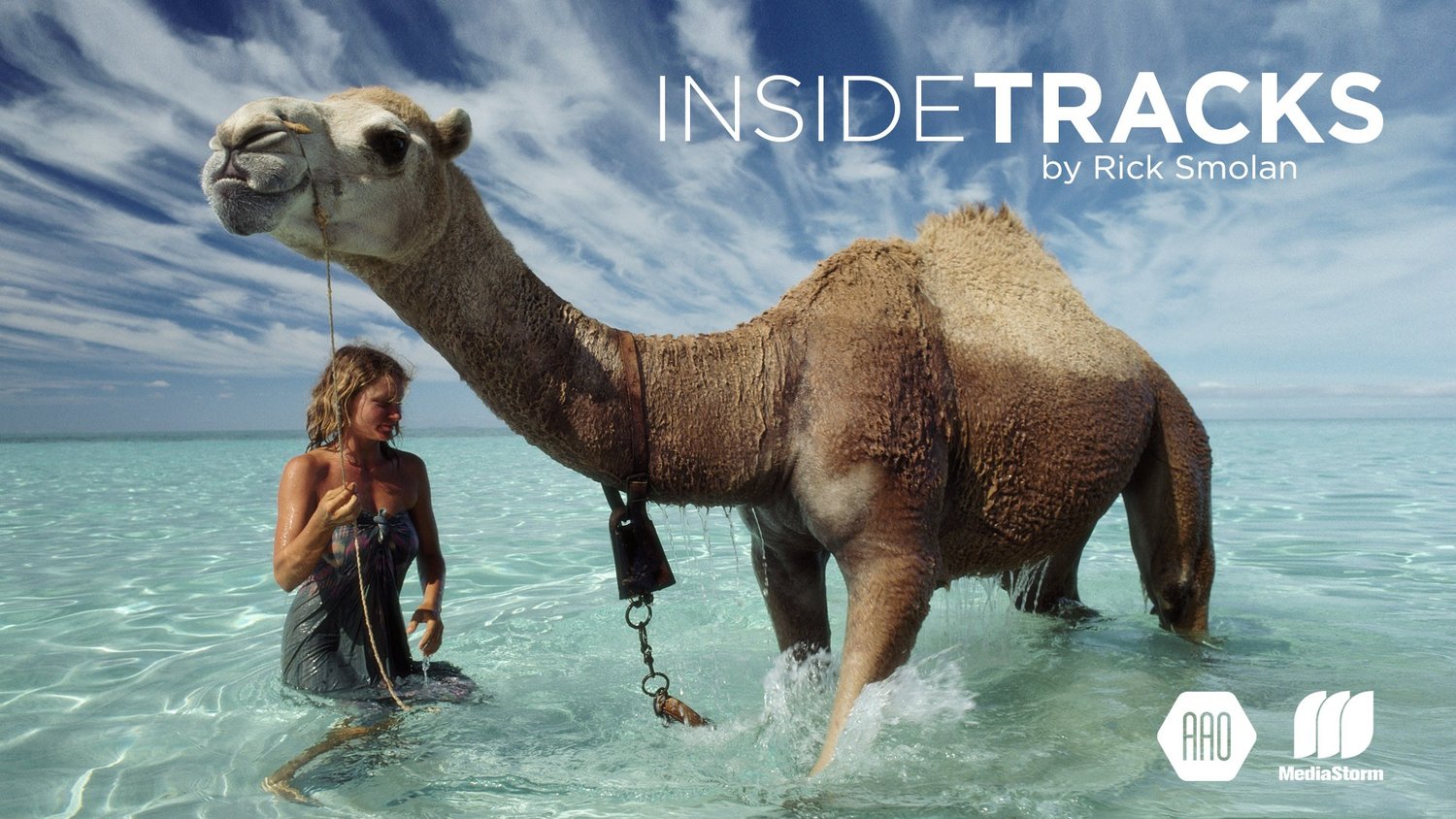
In 1977, Robyn Davidson walked 1,700 miles across the Australian outback. National Geographic sent Rick Smolan to photograph her perilous journey—a trek that tested and transformed them, forming an immutable bond that continues to this day.

Once at the center of the U.S. economy, the family farm now drifts at its edges. In Iowa, old-time farmers try to hang on to their way of life, while their young push out to find their futures elsewhere. Driftless tells their stories.
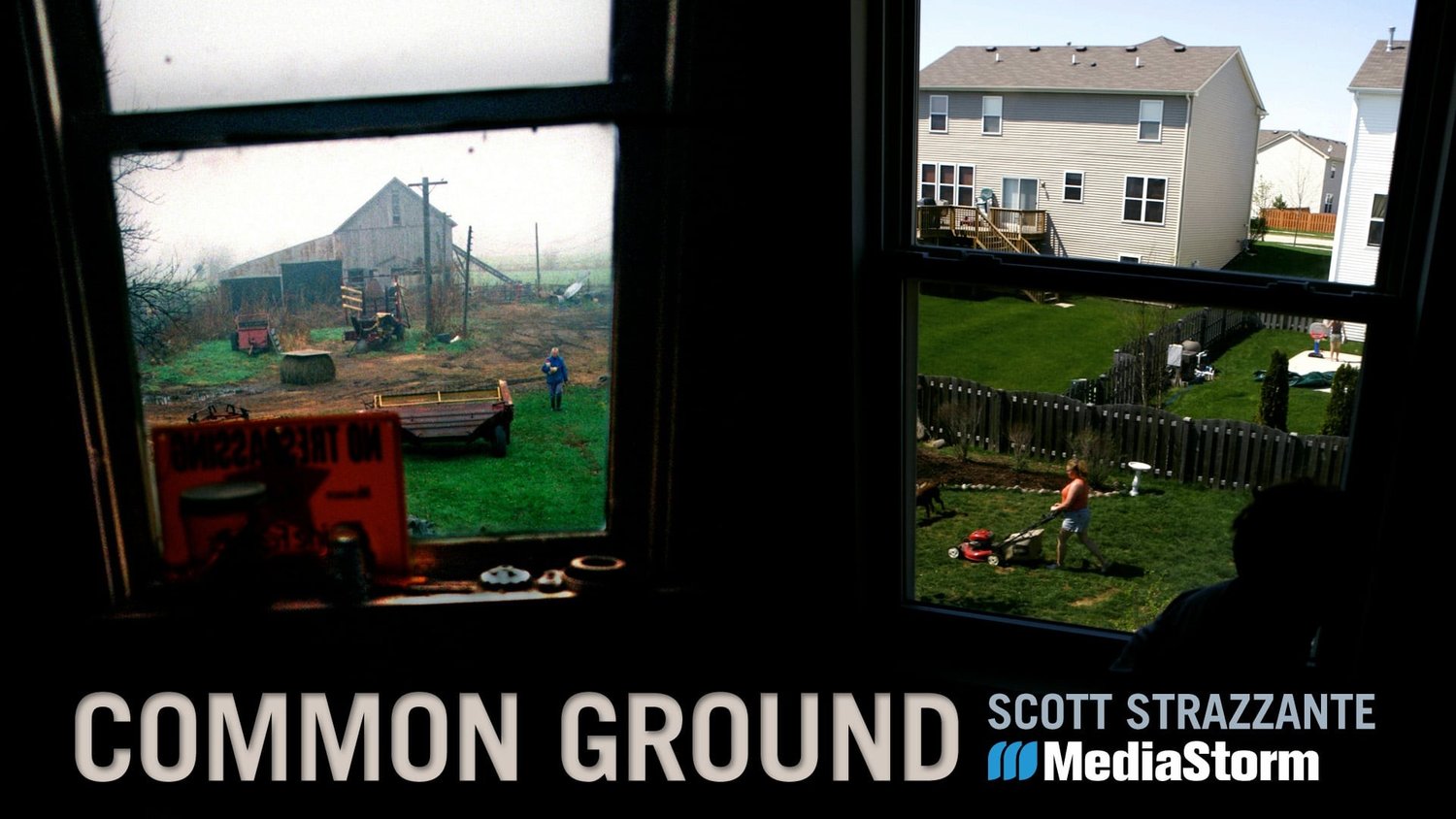
The American family farm gives way to a subdivision - a critical cultural shift across the U.S. Common Ground is a 27-year document of this transition, through the Cagwins and the Grabenhofers, two families who love the same plot of land.

For Walter Backerman, seltzer is more than a drink. It’s the embodiment of his family. As a third generation seltzer man, he follows the same route as his grandfather. But after 90 years of business, Walter may be the last seltzer man.

Larry Fink has spent over 40 years photographing jazz musicians, wealthy manhattanites, his neighbors, fashion models, and the celebrity elite. His archive is a thoughtful collection of American history, and Fink’s experience of it.
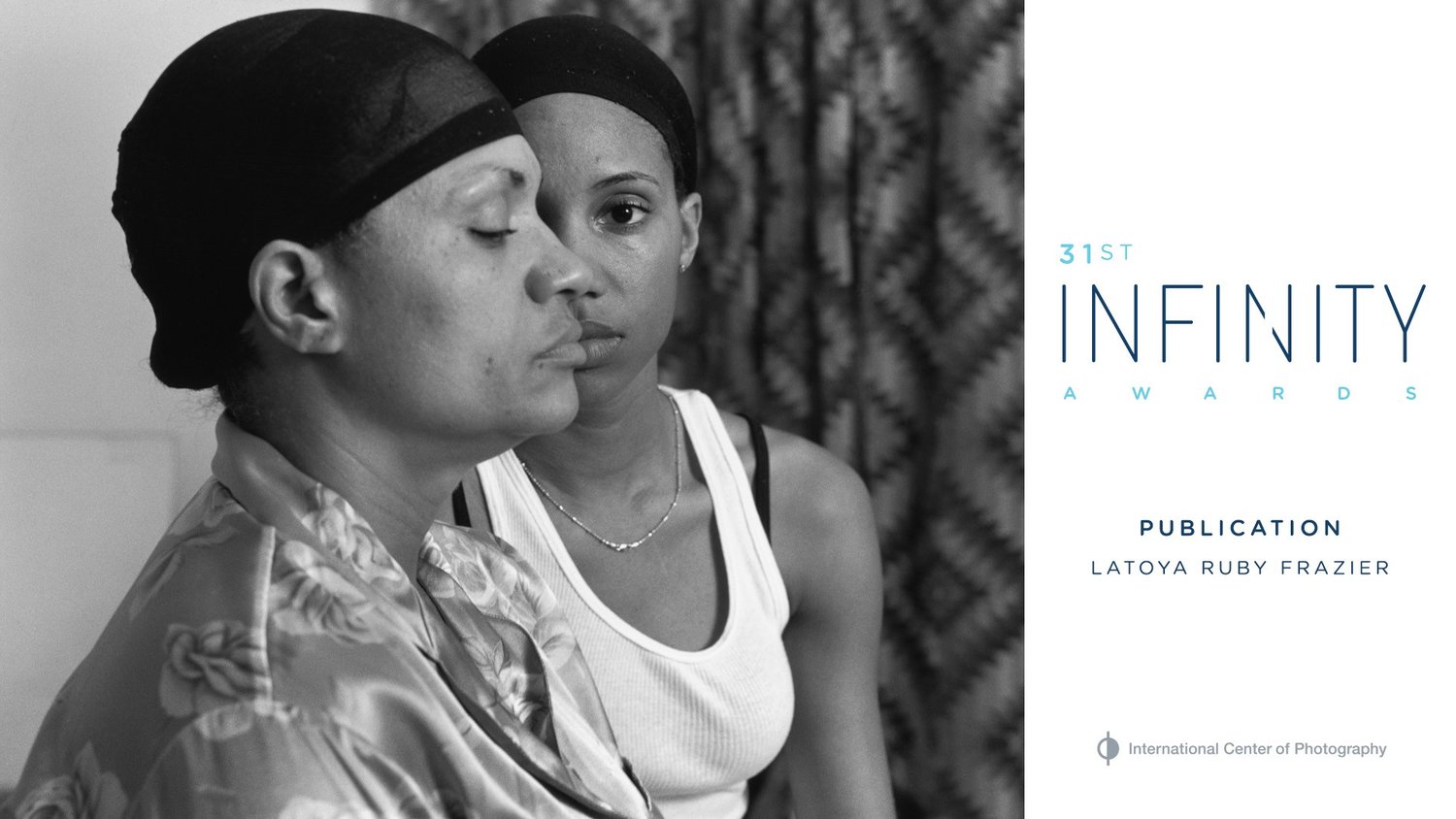
LaToya Ruby Frazier’s body of work “The Notion of Family” examines the impact of the steel industry and the health care system on the community and her family. Collaborating with her mother and grandmother, she uses her family as a lens to view the past, present and future of the town.
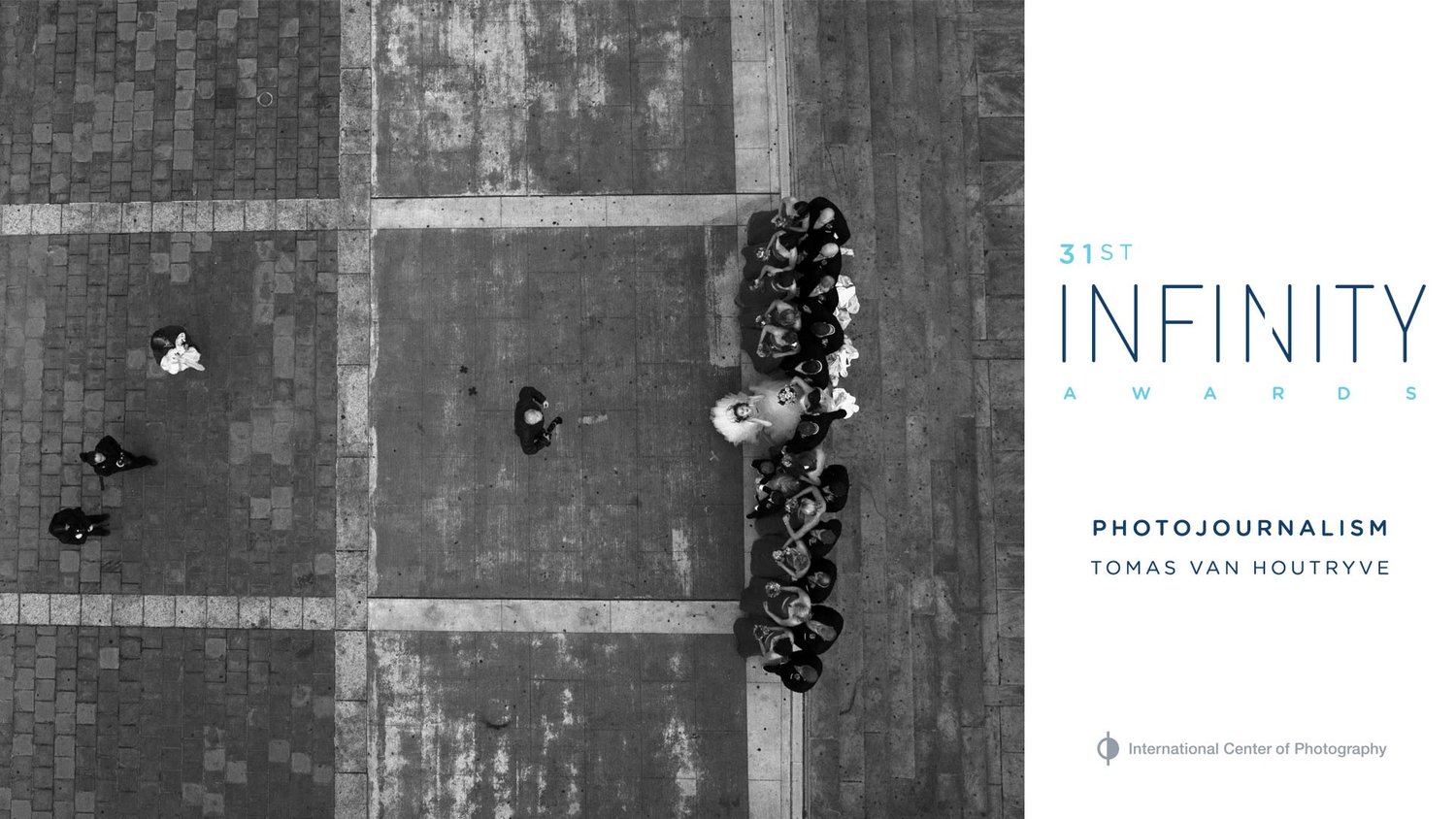
Tomas Van Houtryve wants there to be a permanent visual record of the dawn of the drone age, the period in American history when America started outsourcing their military to flying robots. In order to create this record, Van Houtryve sent his own drone into American skies.
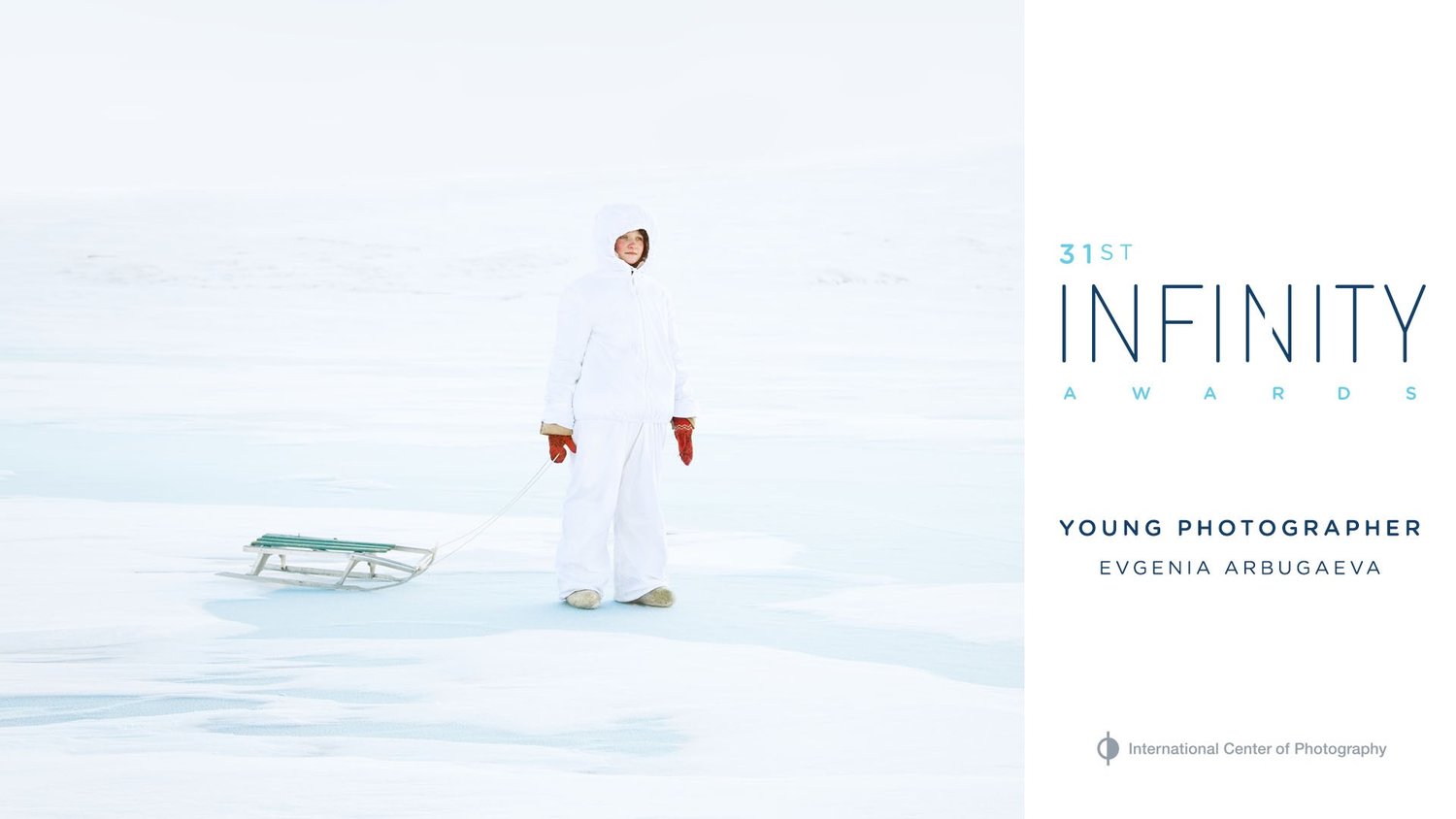
Evgenia Arbugaeva was born in the magical town of Tiksi, Russia. This barren, arctic landscape influenced Arbugaeva in almost every aspect of her dreamlike photography.
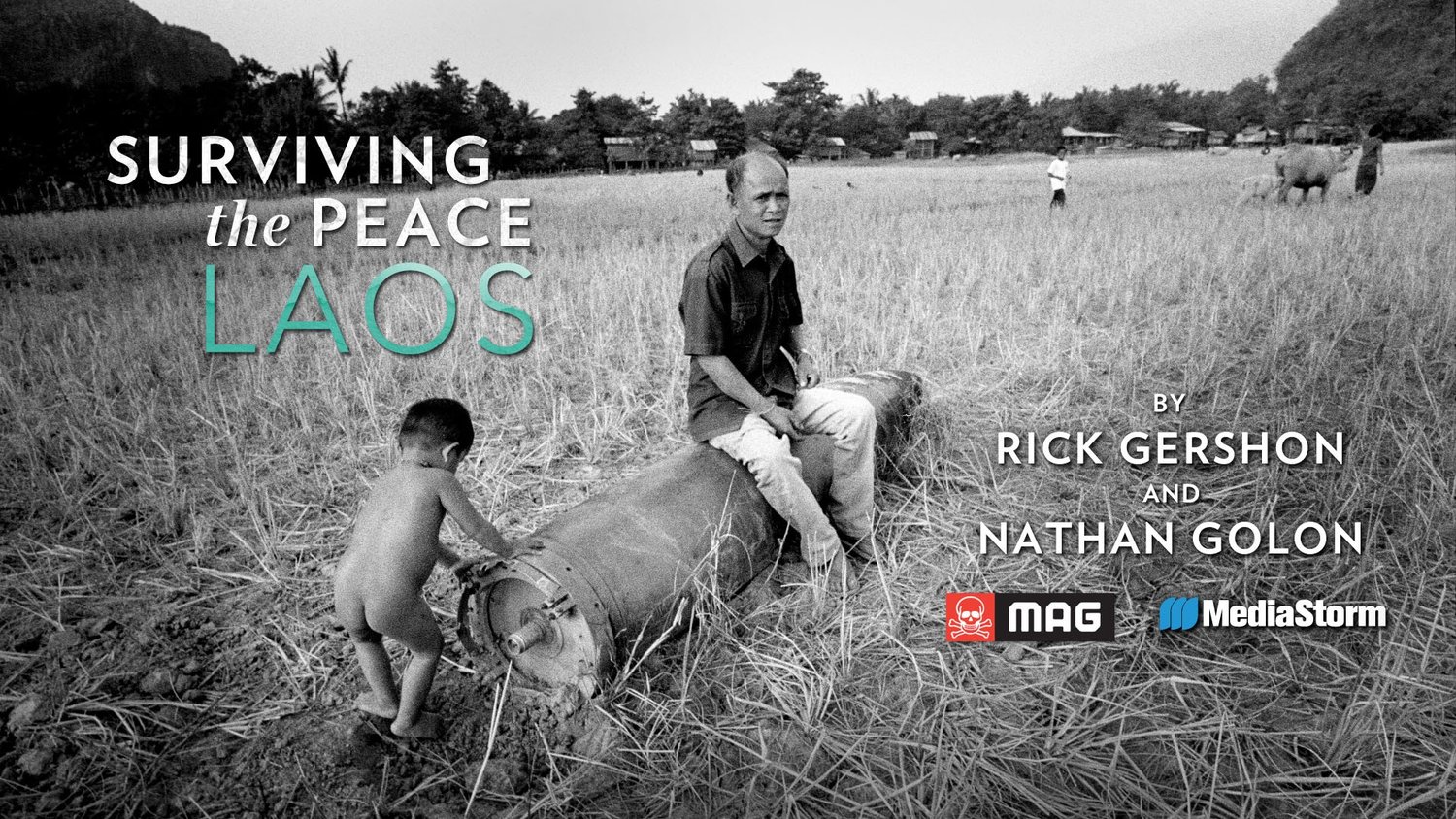
Surviving the Peace: Laos takes an intimate look at the impact of unexploded bombs left over from the Vietnam war in Laos and profiles the dangerous, yet life saving work, that MAG has undertaken in the country.

A family is determined to give their disabled son a whole and vital life. In the midst of a great burden, one small child – with a seemingly endless supply of love – is the blessing that holds a family together.
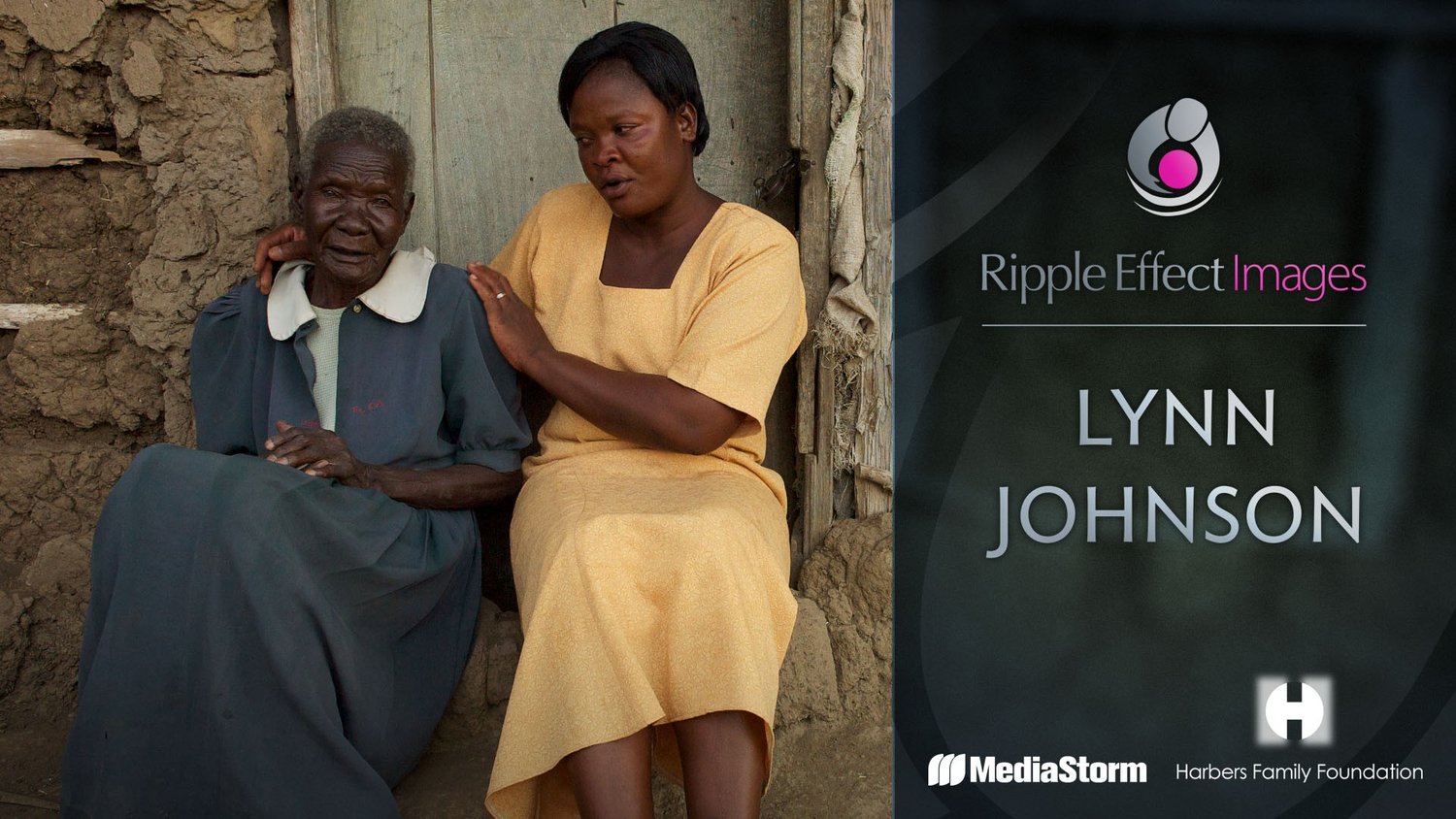
Inspired by the photographs of the Farm Security Administration growing up, Lynn Johnson has spent nearly 35 years as a photojournalist working for LIFE, National Geographic, Sports Illustrated and various foundations.
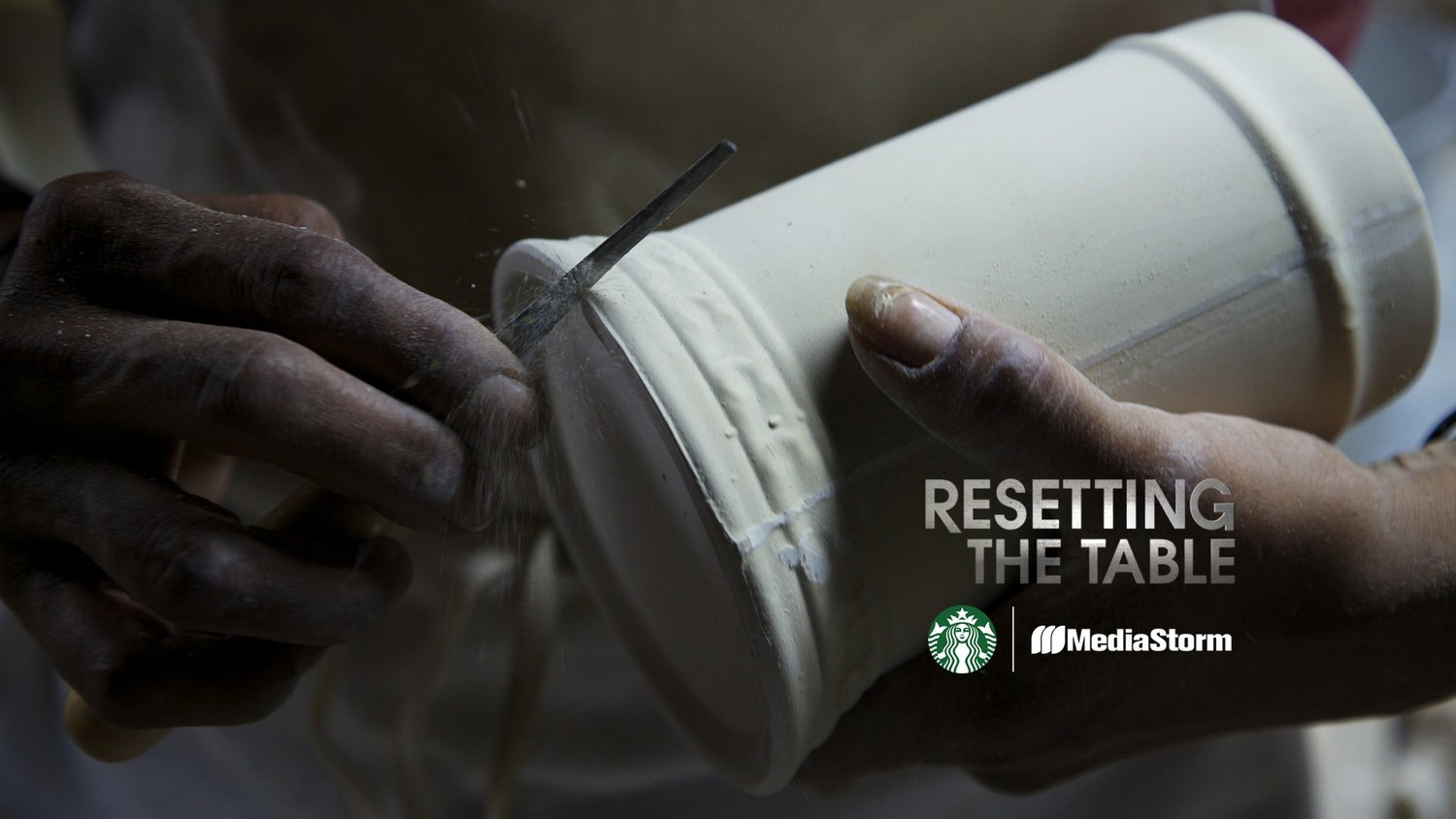
Resetting the Table takes a unique, personal look at the impact Starbucks’ Create Jobs for USA program has had on the American Mug & Stein pottery facility in East Liverpool, Ohio.
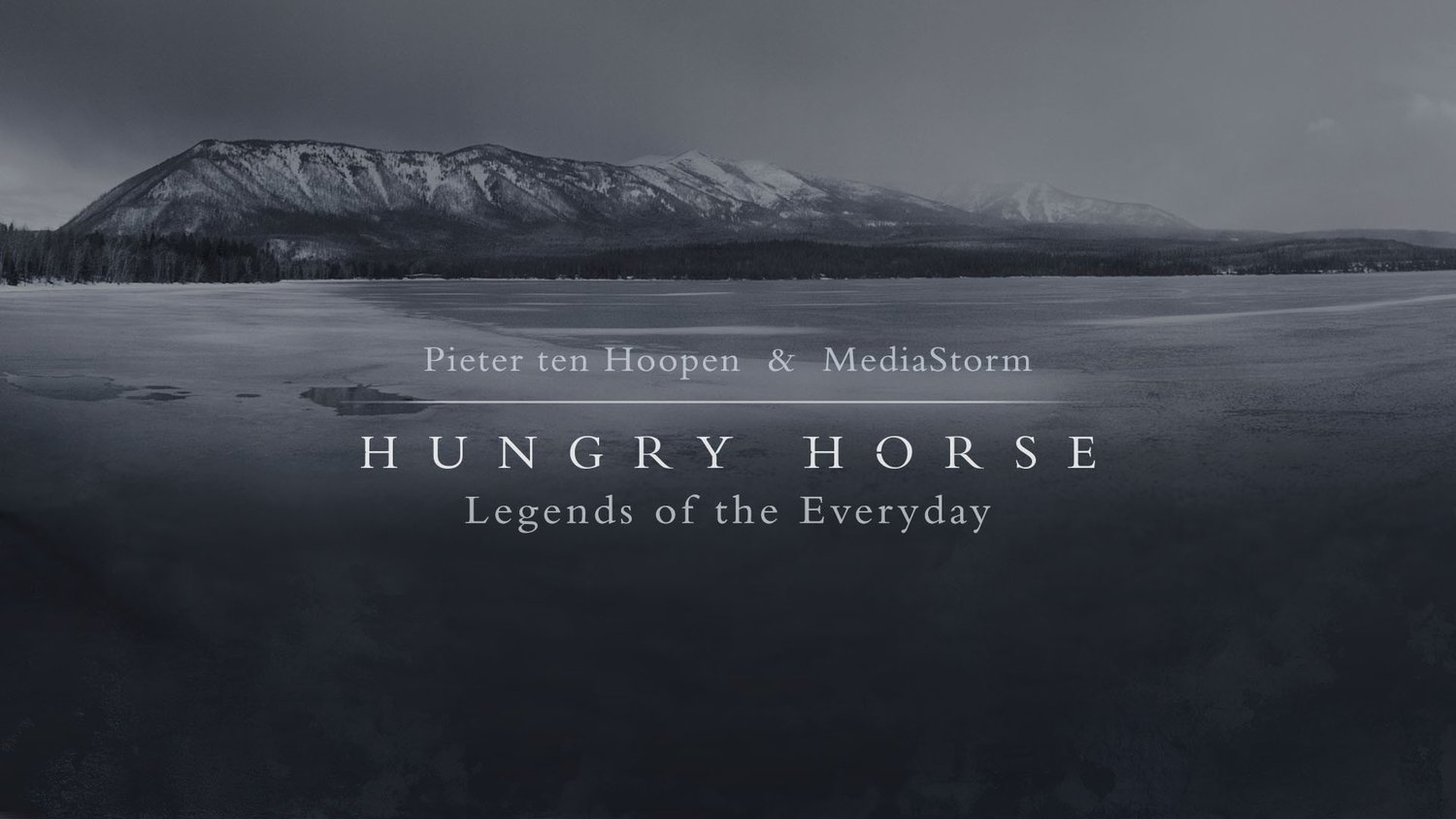
Hungry Horse captures the spirit of renewal, peace and serenity through stunning landscapes and intimate oral histories.

Using humor and a love of fantasy, "The Amazing Amy" Harlib connects with audiences through performing strenuous yoga-based contortion acts in New York City.
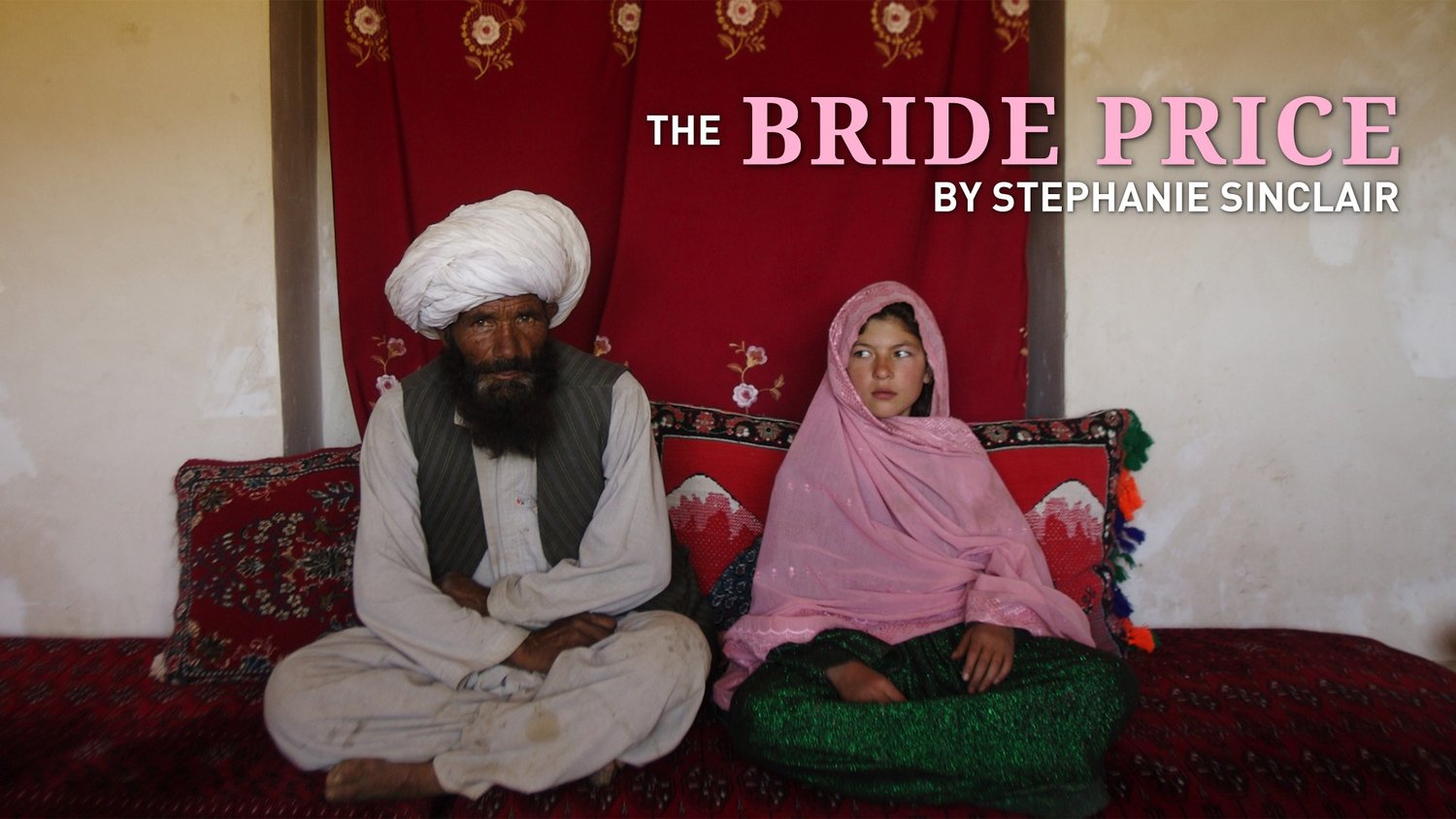
In many countries, girls as young as eight are forced into marriage by their families, culture and economic situation. This practice destroys their chance at education leading to tragic results.
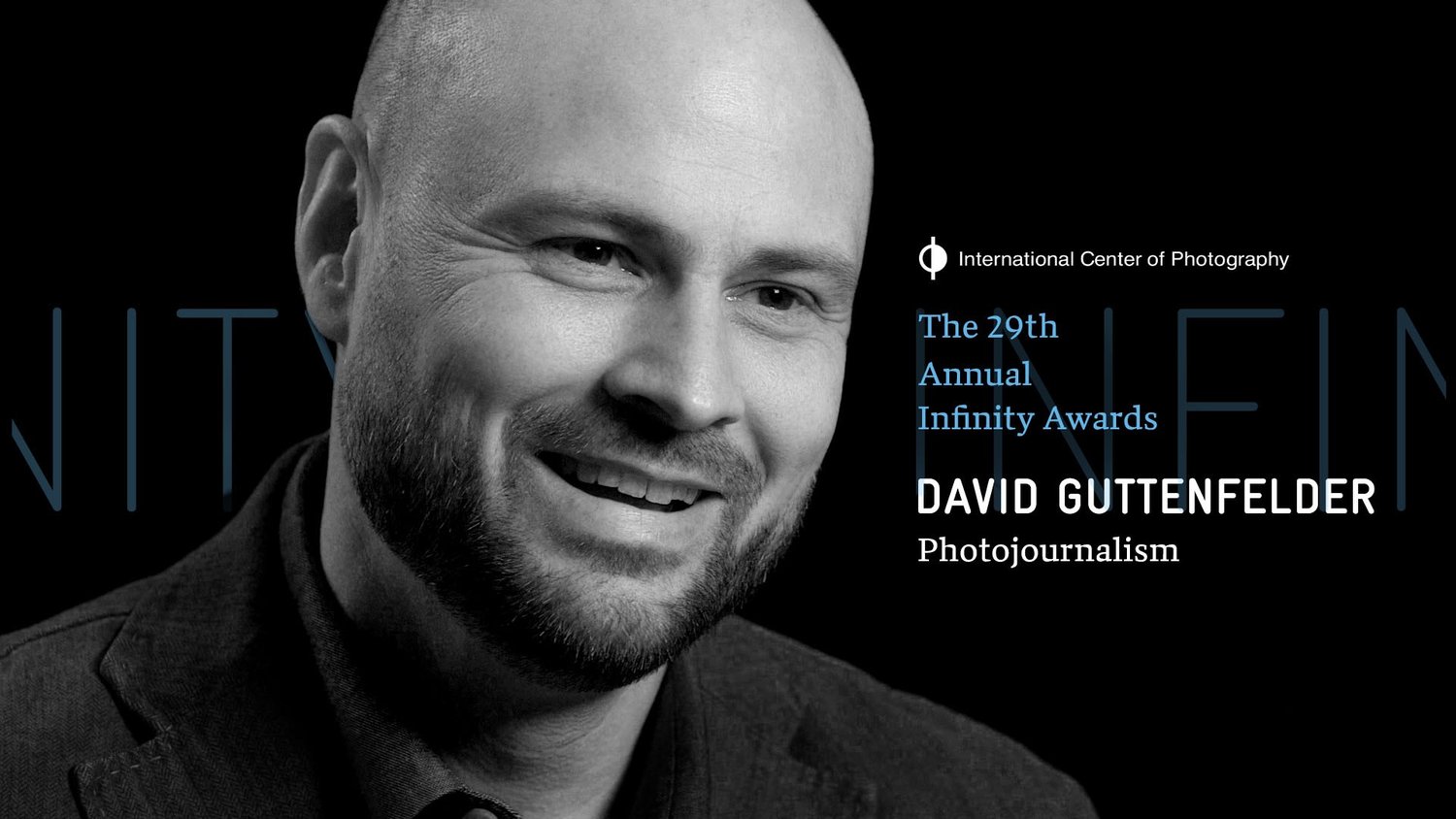
Surreal and mysterious, North Korea was a black hole to outsiders wanting a glimpse of the country. That all changed in 2012, when AP photographer David Guttenfelder led the opening of the bureau's newest office inside the North Korea.

Virginia Gandee's brilliant red hair and dozen tattoos belie the reality of this 22-year-old's life. Inside her family's Staten Island trailer her caregiving goes far beyond the love she has for her daughter.
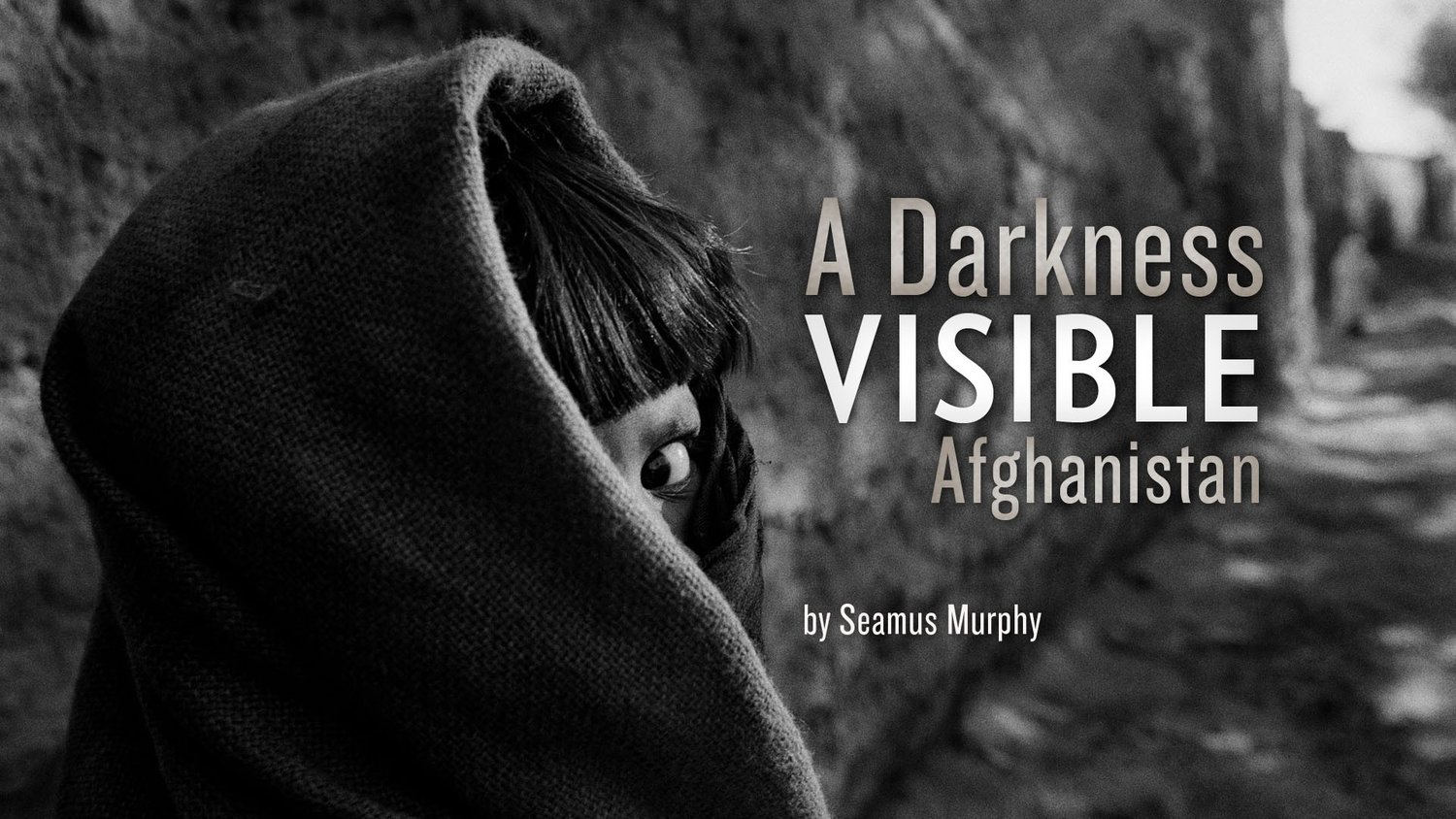
Based on 14 trips to Afghanistan between 1994 and 2010, A Darkness Visible: Afghanistan is the work of photojournalist Seamus Murphy. His work chronicles a people caught time and again in political turmoil, struggling to find their way.
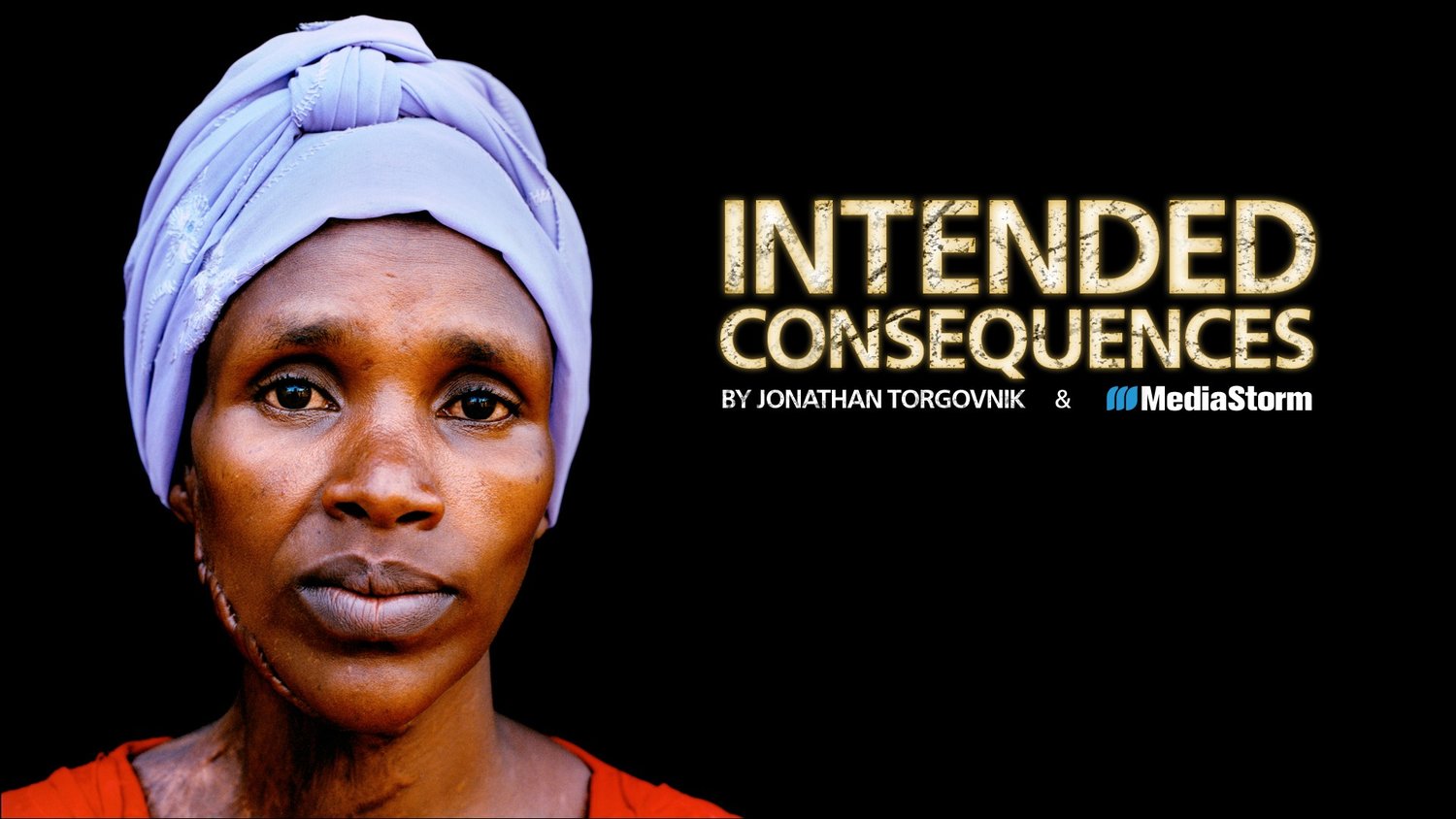
In Rwanda, in 1994, Hutu militia committed a bloody genocide, murdering one million Tutsis. Many of the Tutsi women were spared, only to be held captive and repeatedly raped. Many became pregnant. Intended Consequences tells their stories.

To those who serve in the armed forces, what is the aftereffect of war? The Marlboro Marine is photographer Luis Sinco's portrait of Marine Corporal James Blake Miller, whom he met in Iraq. For Miller, coming home has been its own battle.
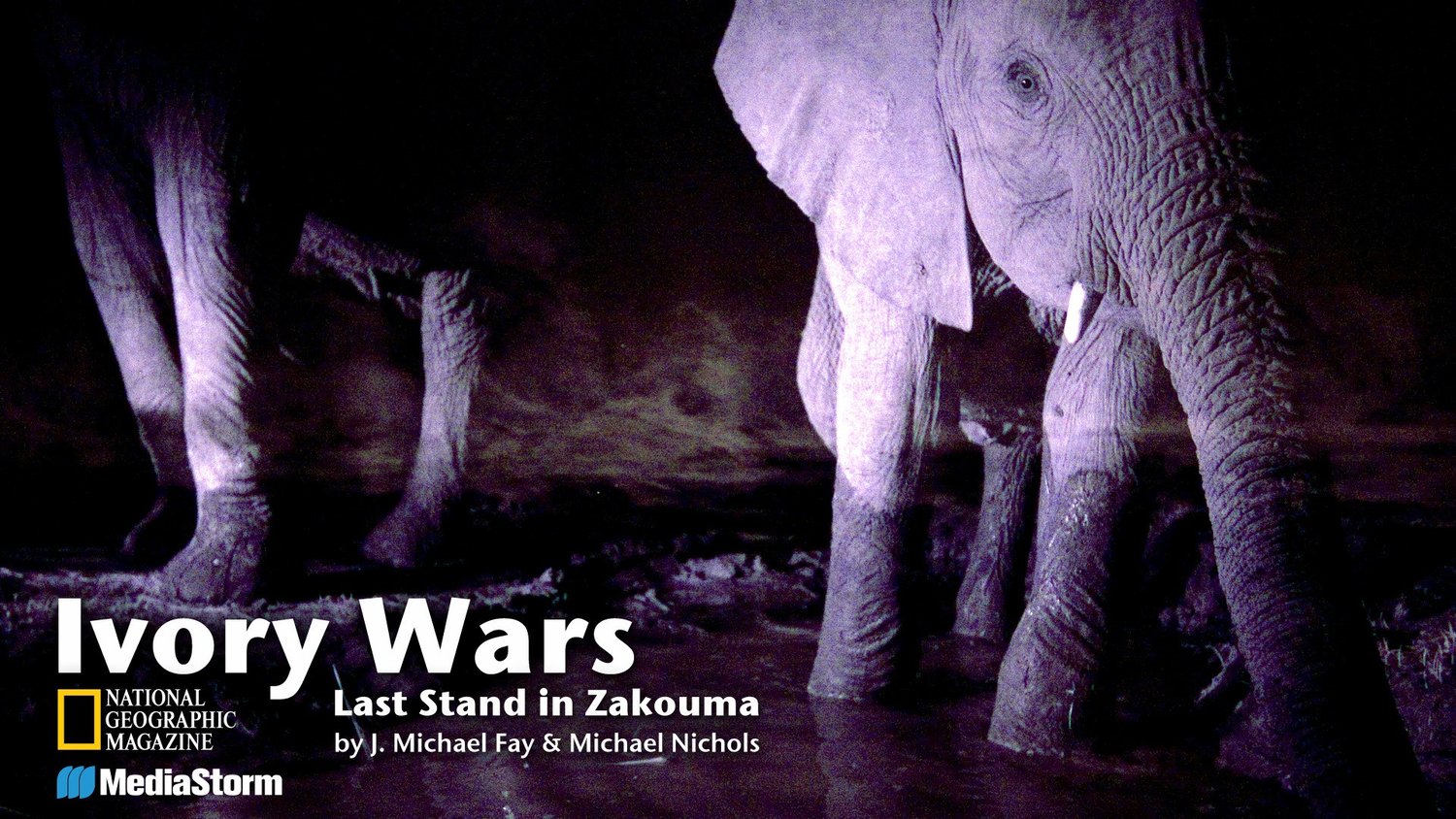
Zakouma National Park is one of the last places on earth where elephants still roam by the thousands. In a land where poachers will slaughter the huge animals for their tusks alone, it takes armed guards to keep them safe.
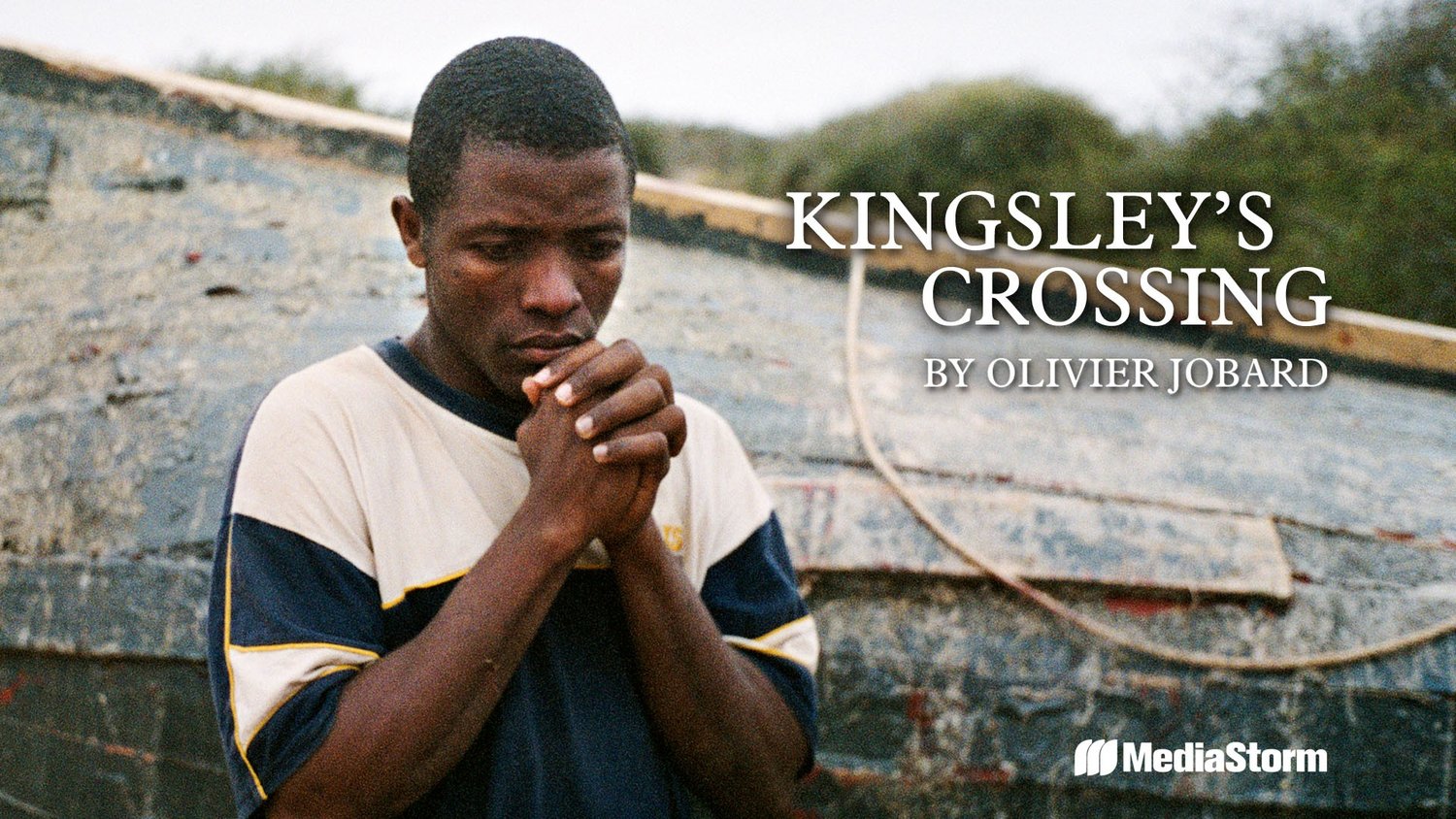
Kingsley's Crossing is the story of one man's dream to leave the poverty of life in Africa for the promised land of Europe. We walk in his shoes, as photojournalist Olivier Jobard accompanies Kingsley on his uncertain and perilous journey.
Collaborate With Us
The MediaStorm Platform is an advanced video platform that extends the user experience beyond linear video to include the interactive capabilities of the Internet.
The MediaStorm Platform is an advanced video platform that extends the user experience beyond linear video to include the interactive capabilities of the Internet.
Follow MediaStorm
Copyright 2025 MediaStorm, LLC | Terms & Conditions | Privacy | Contact
